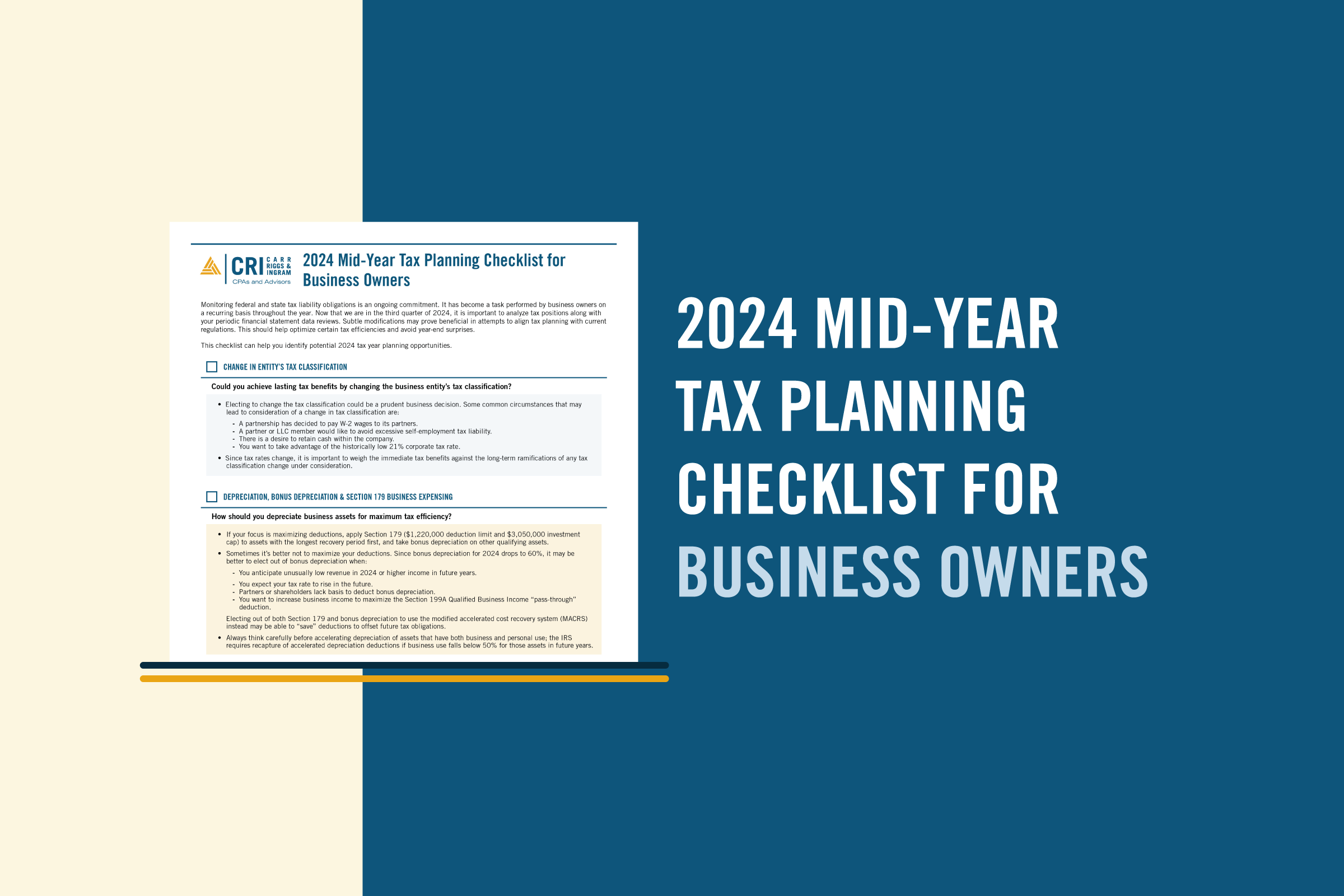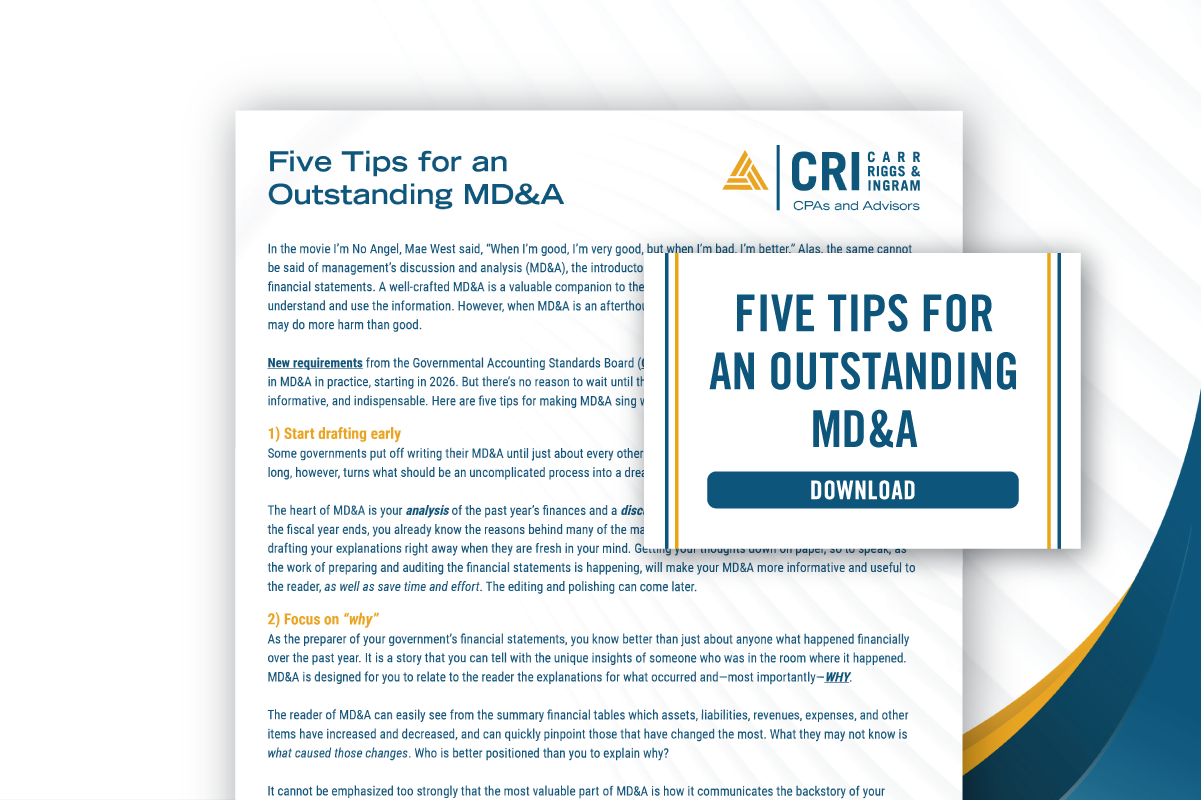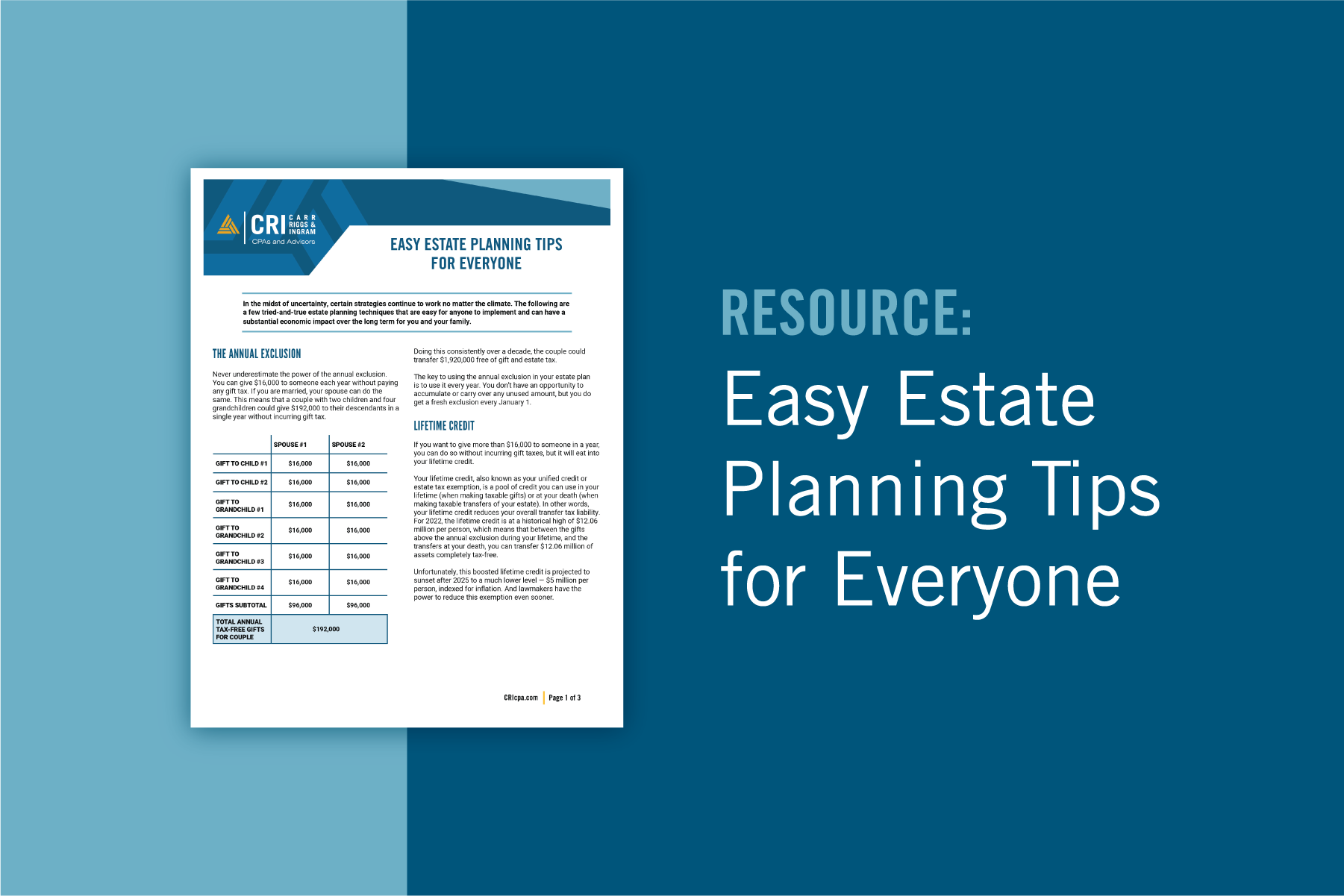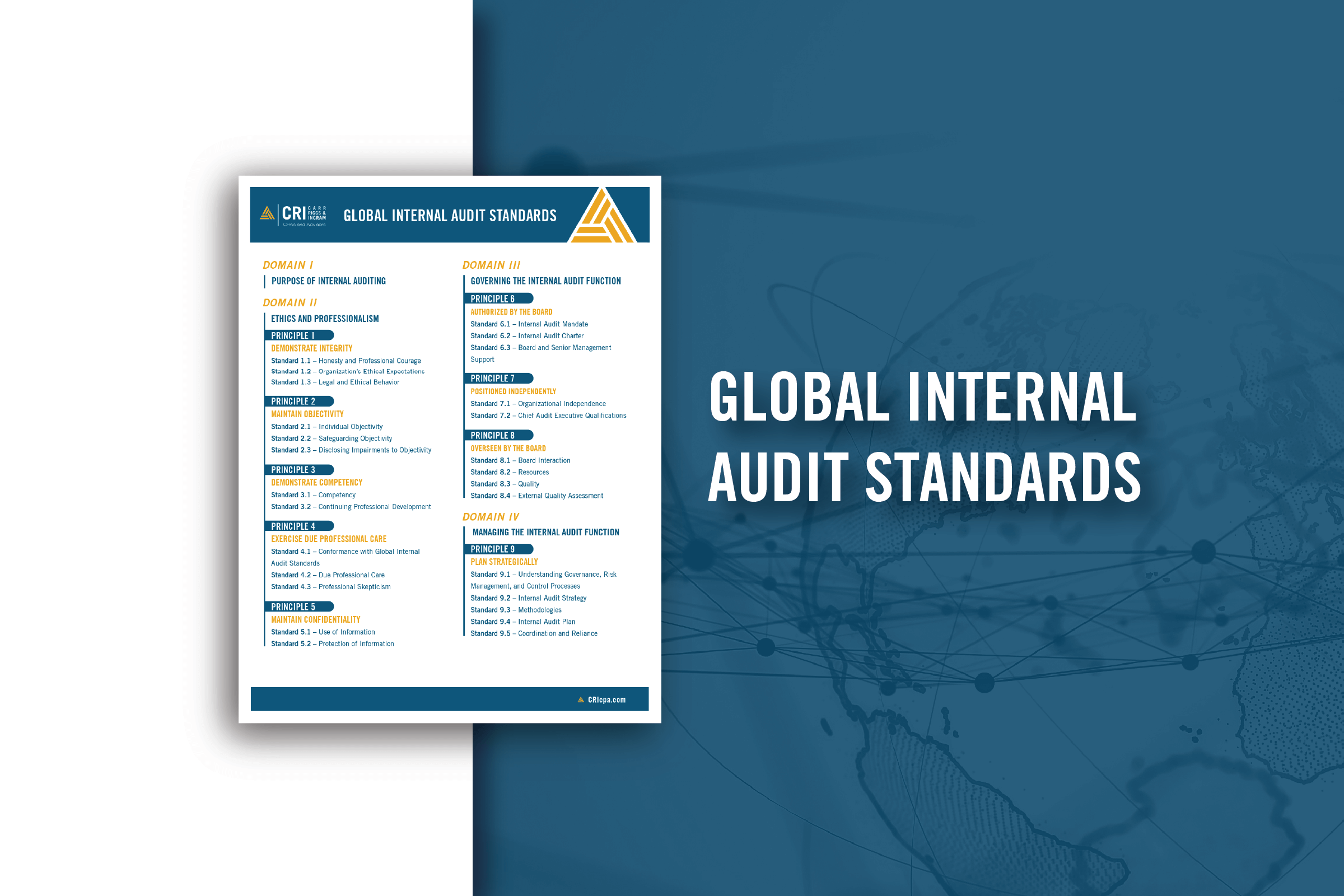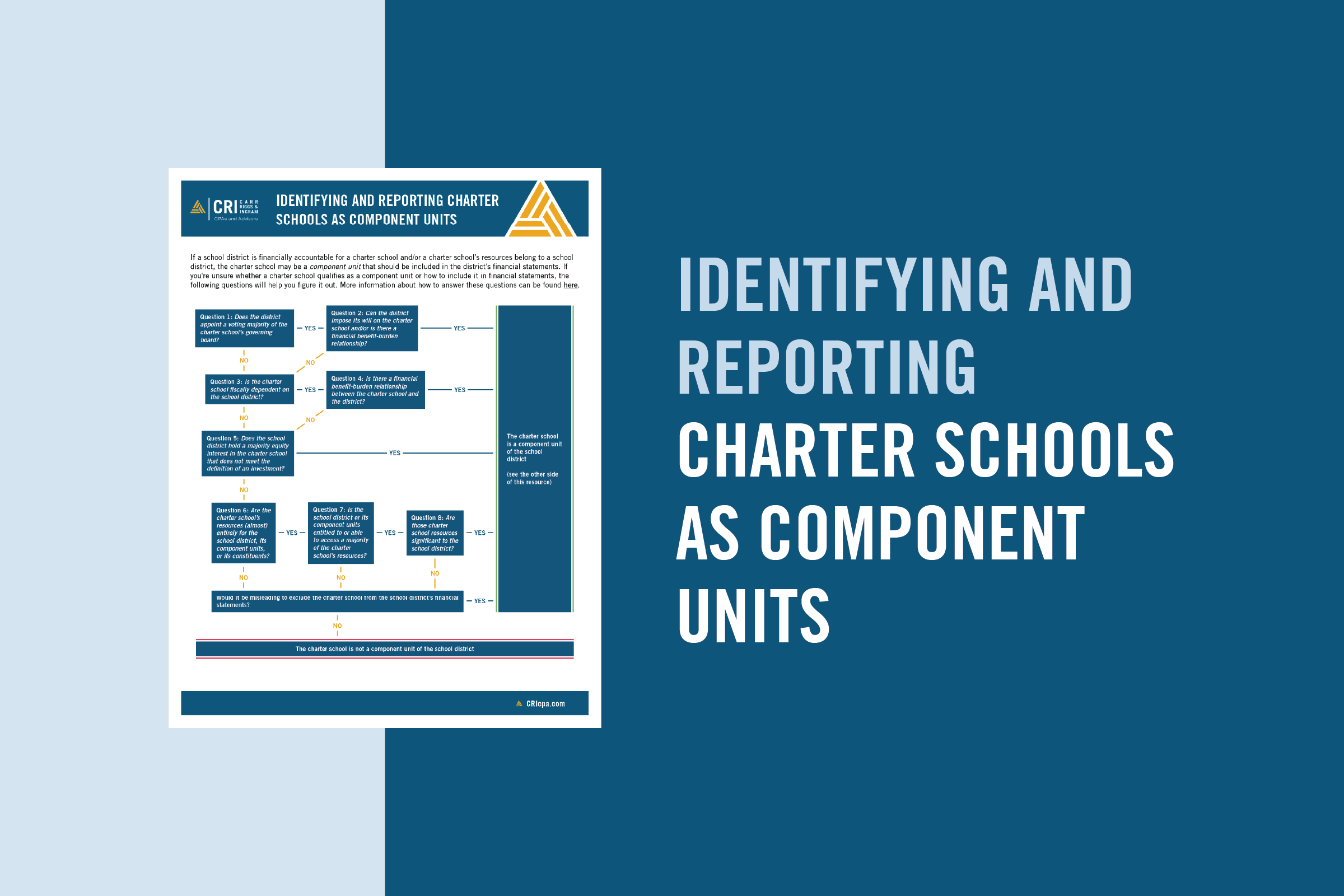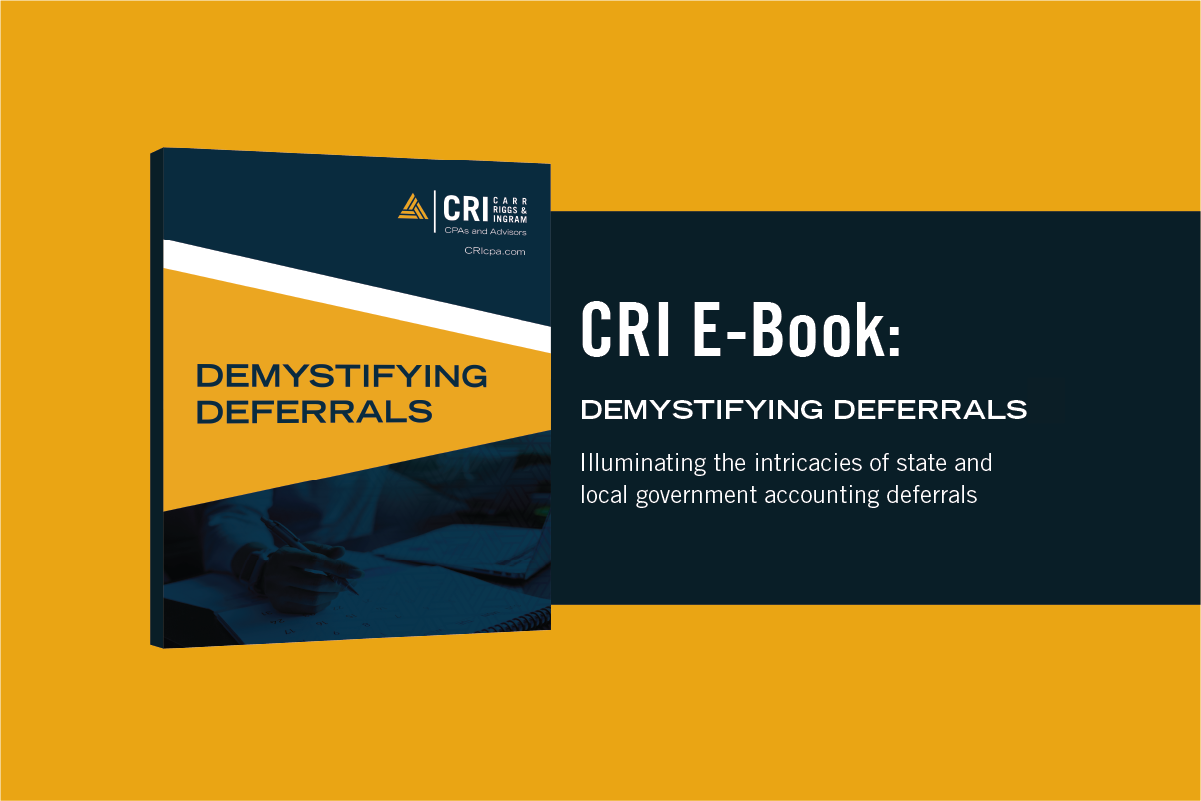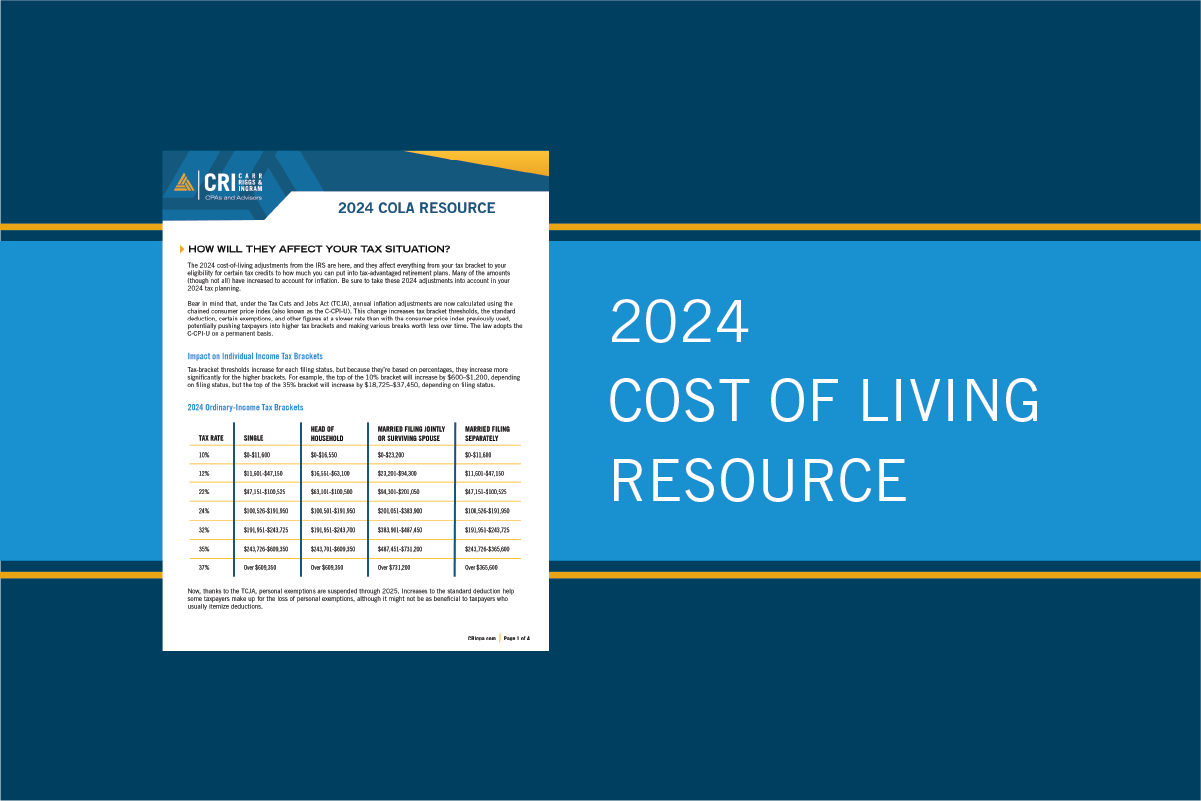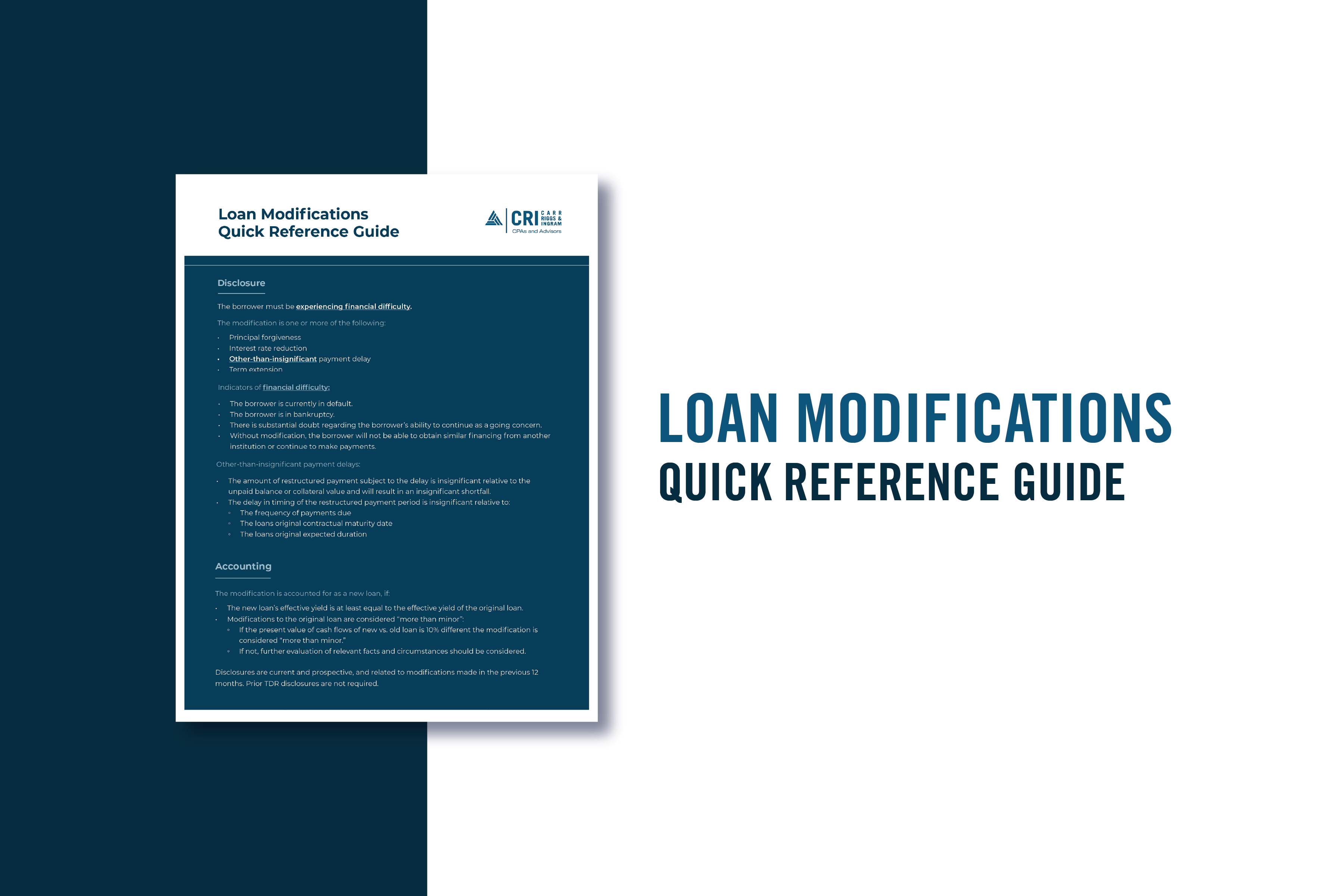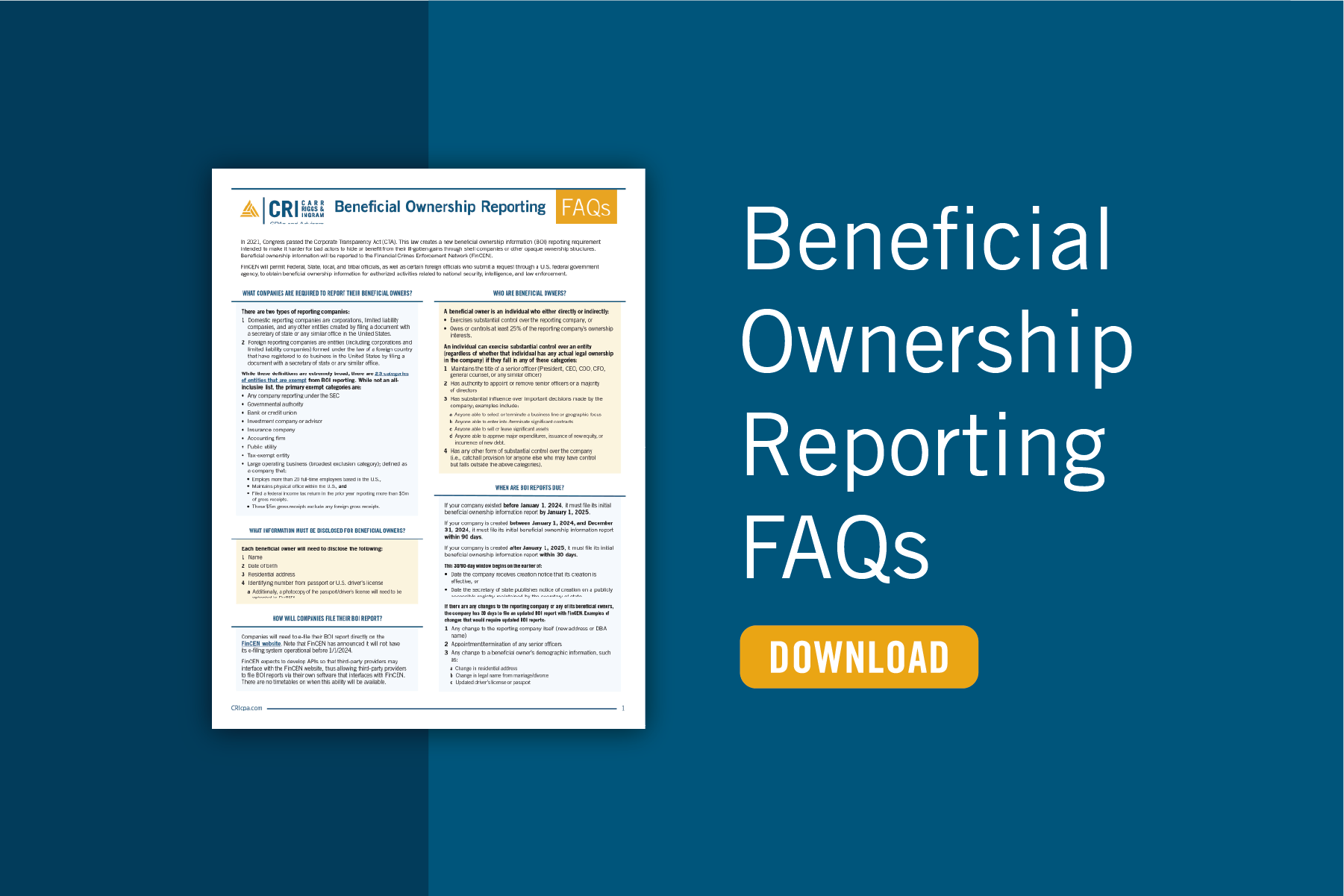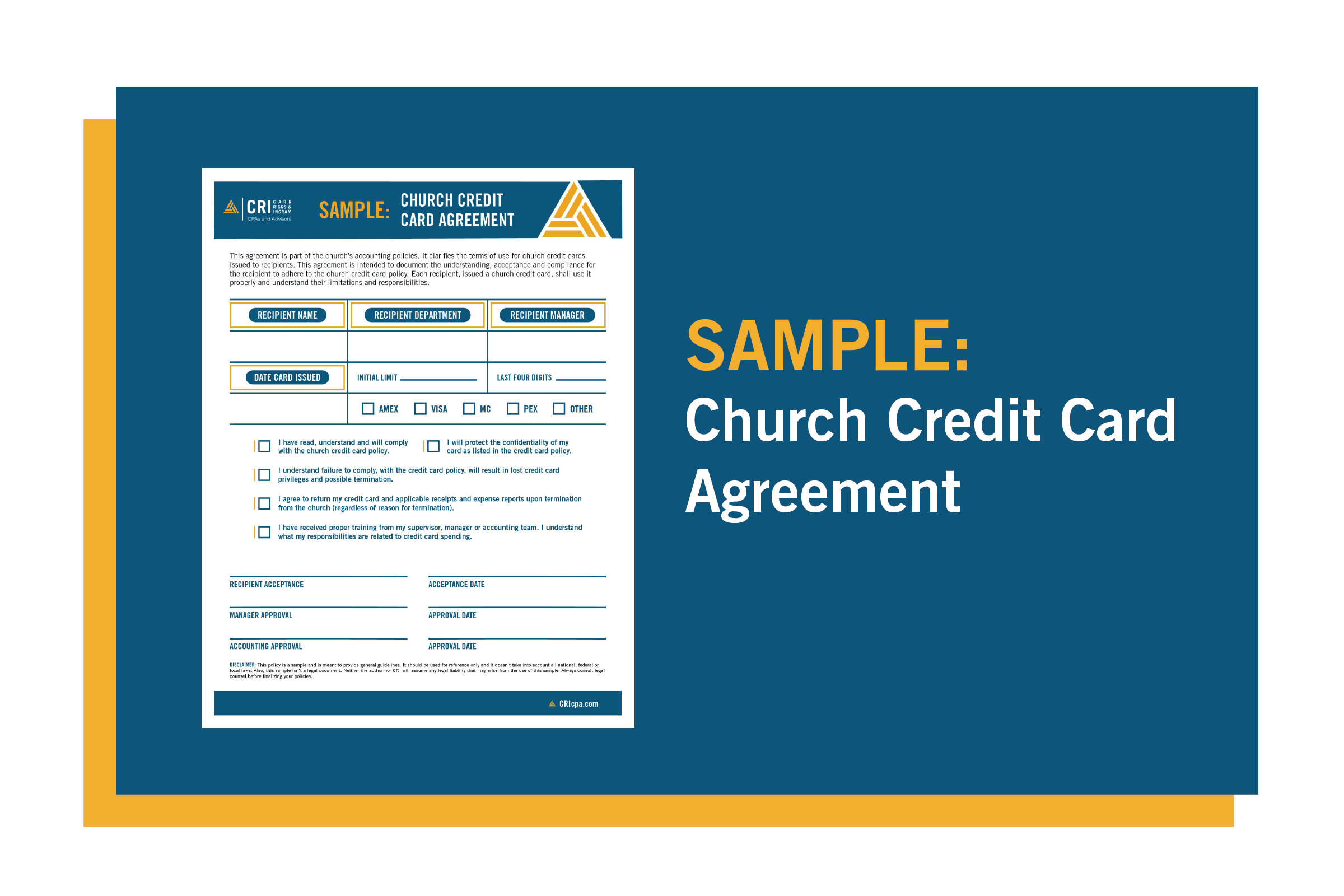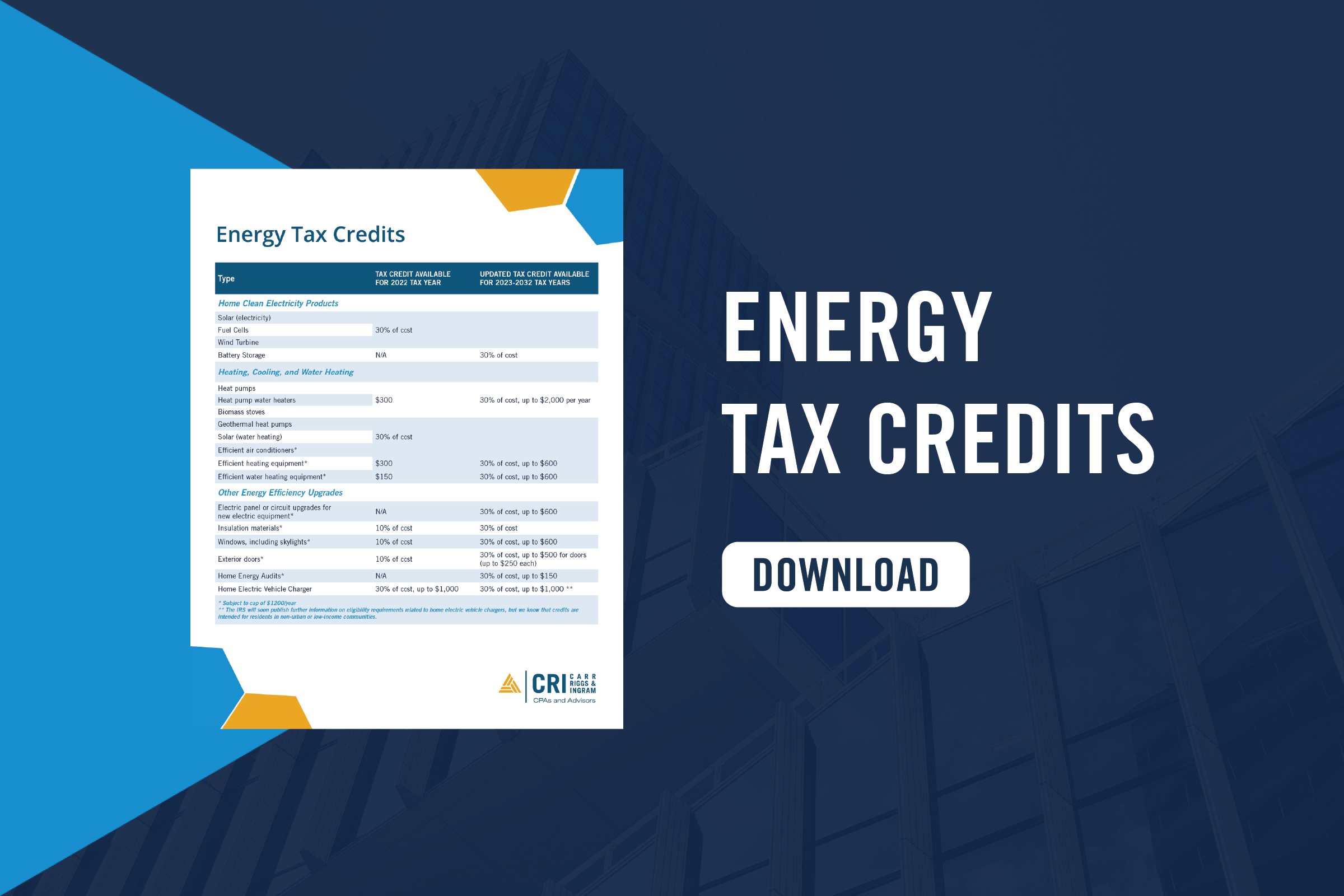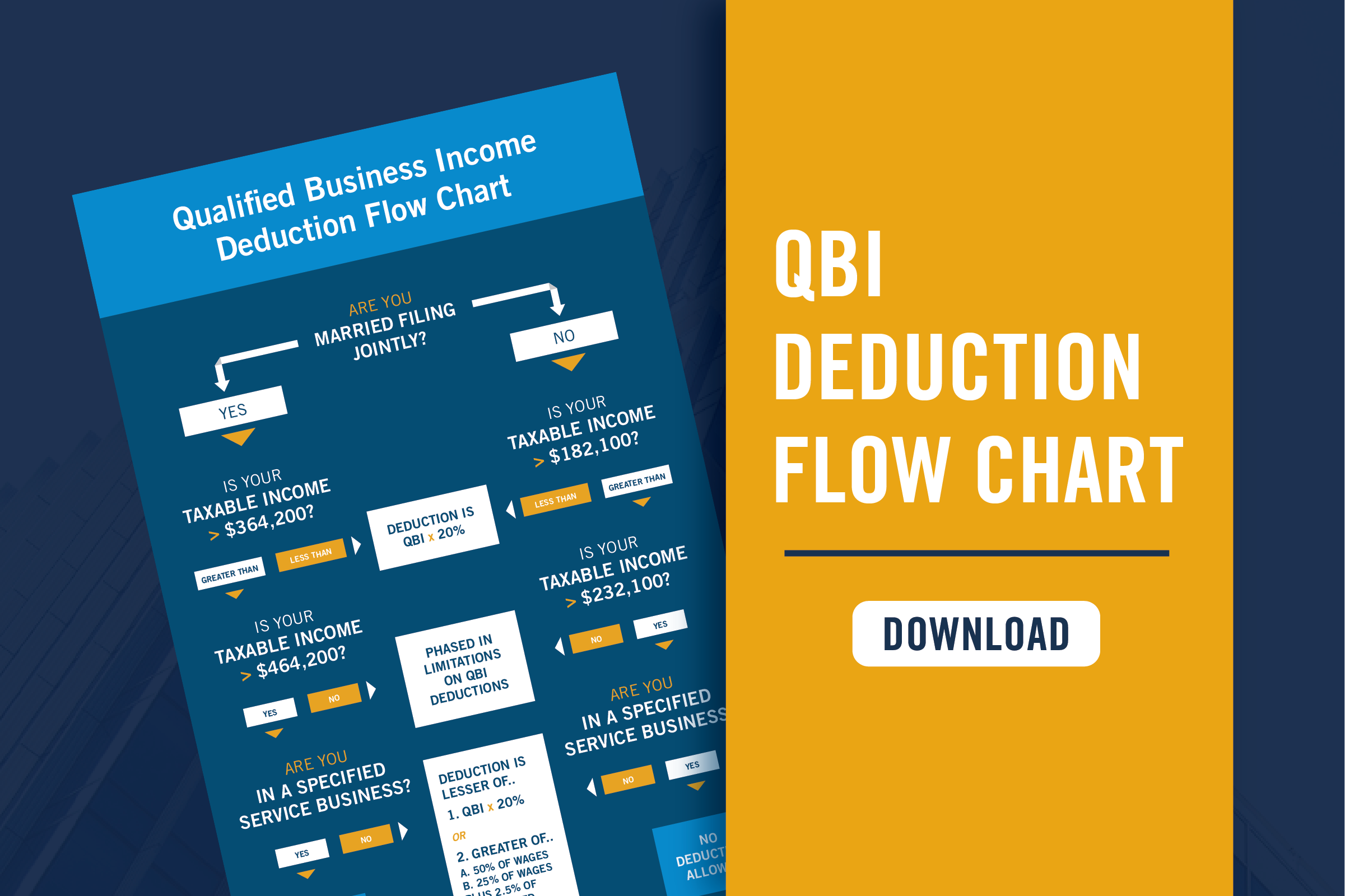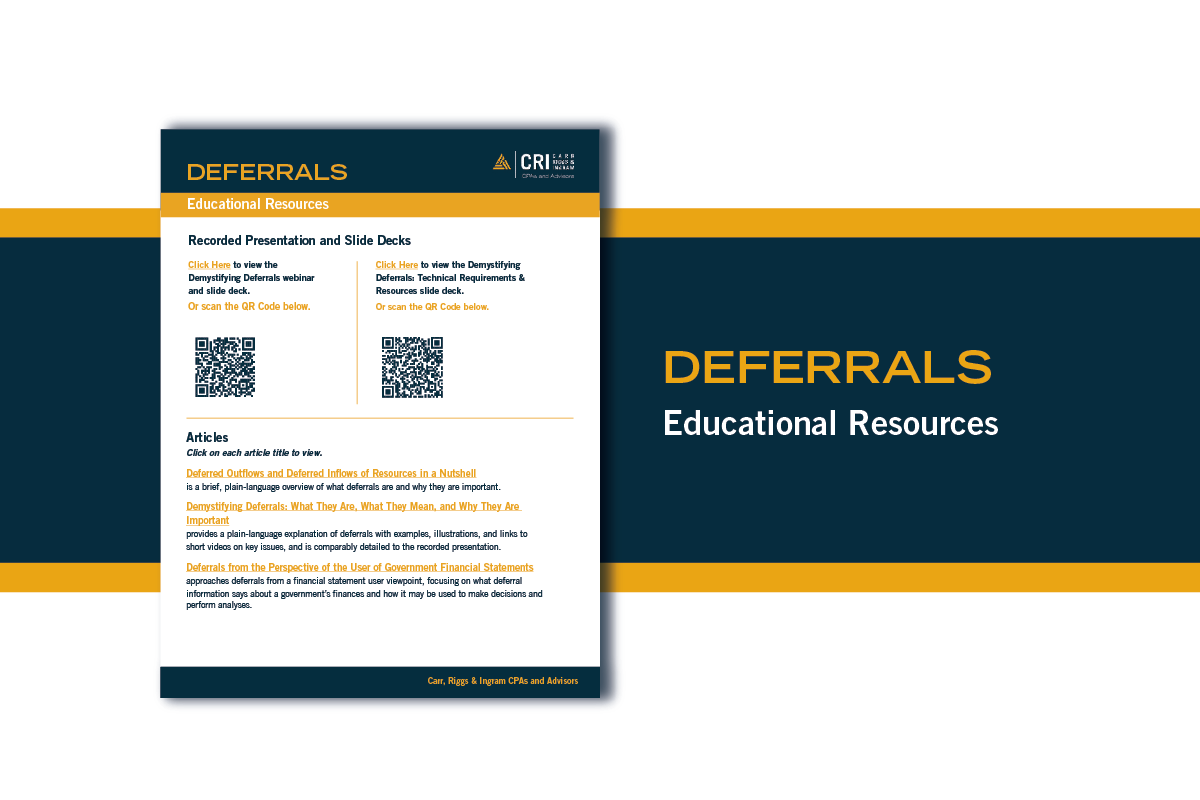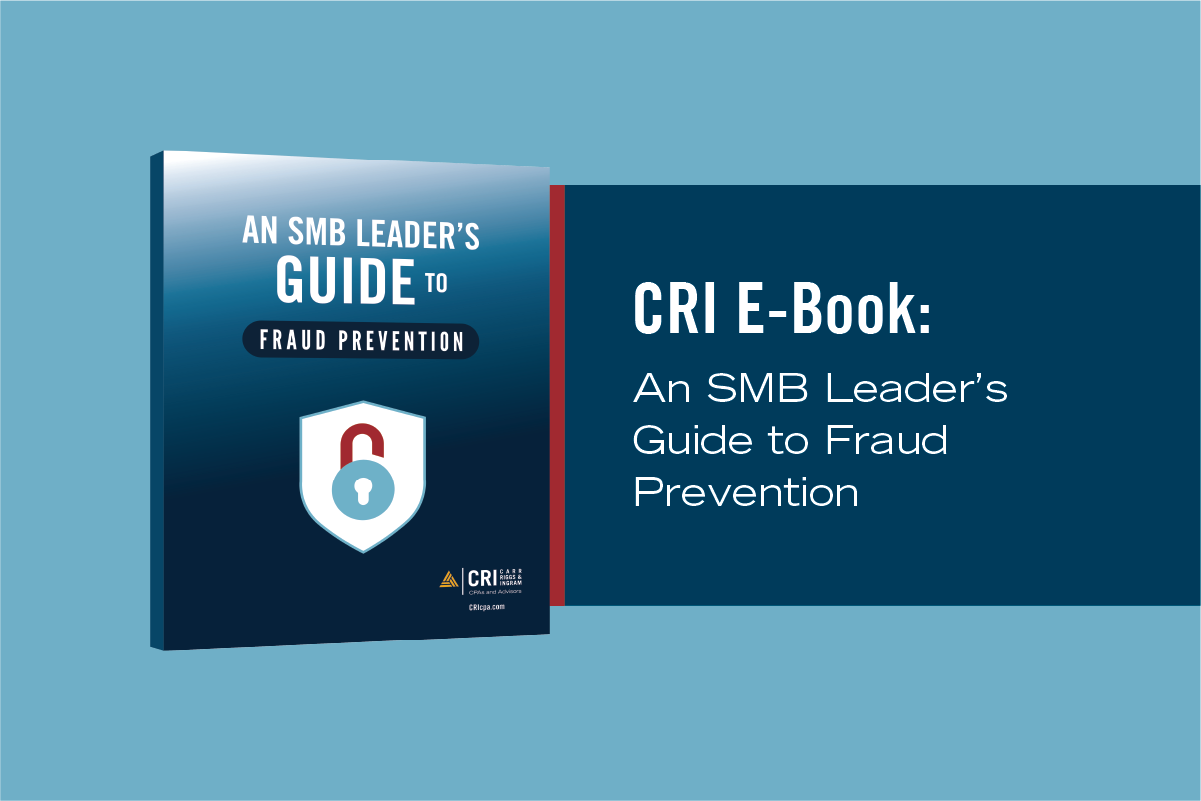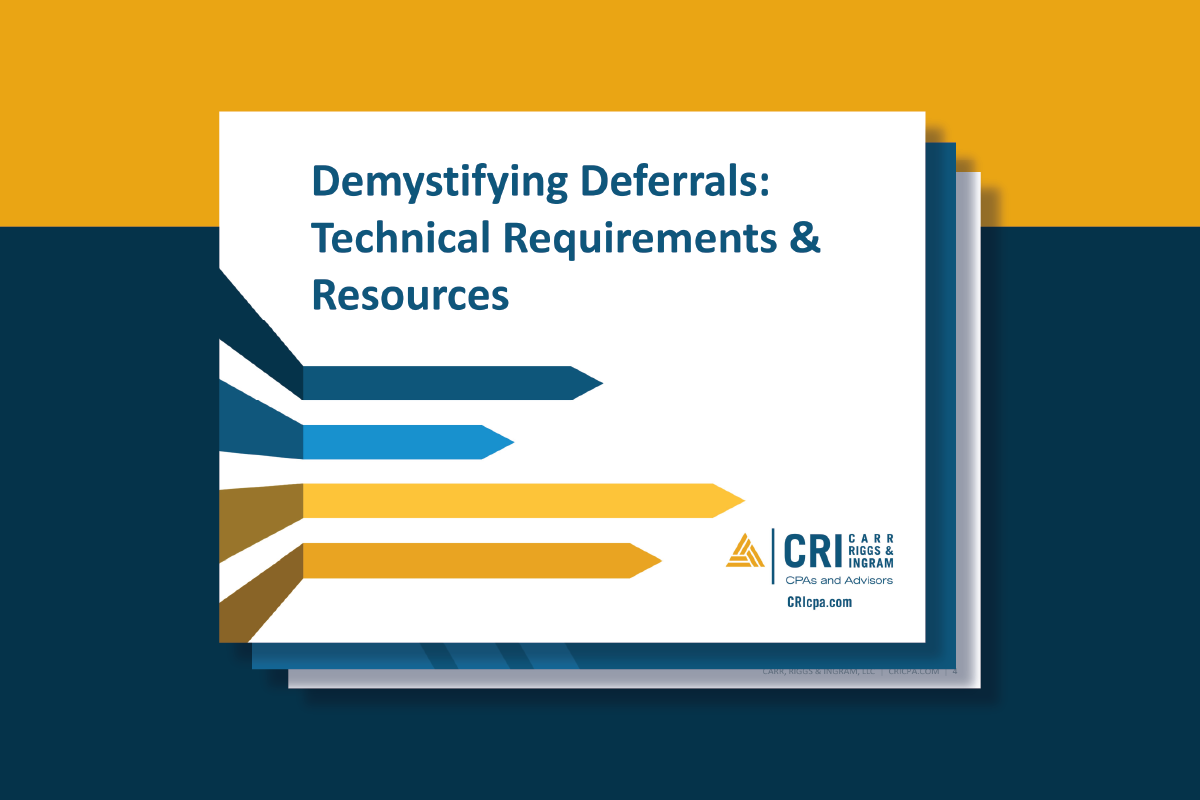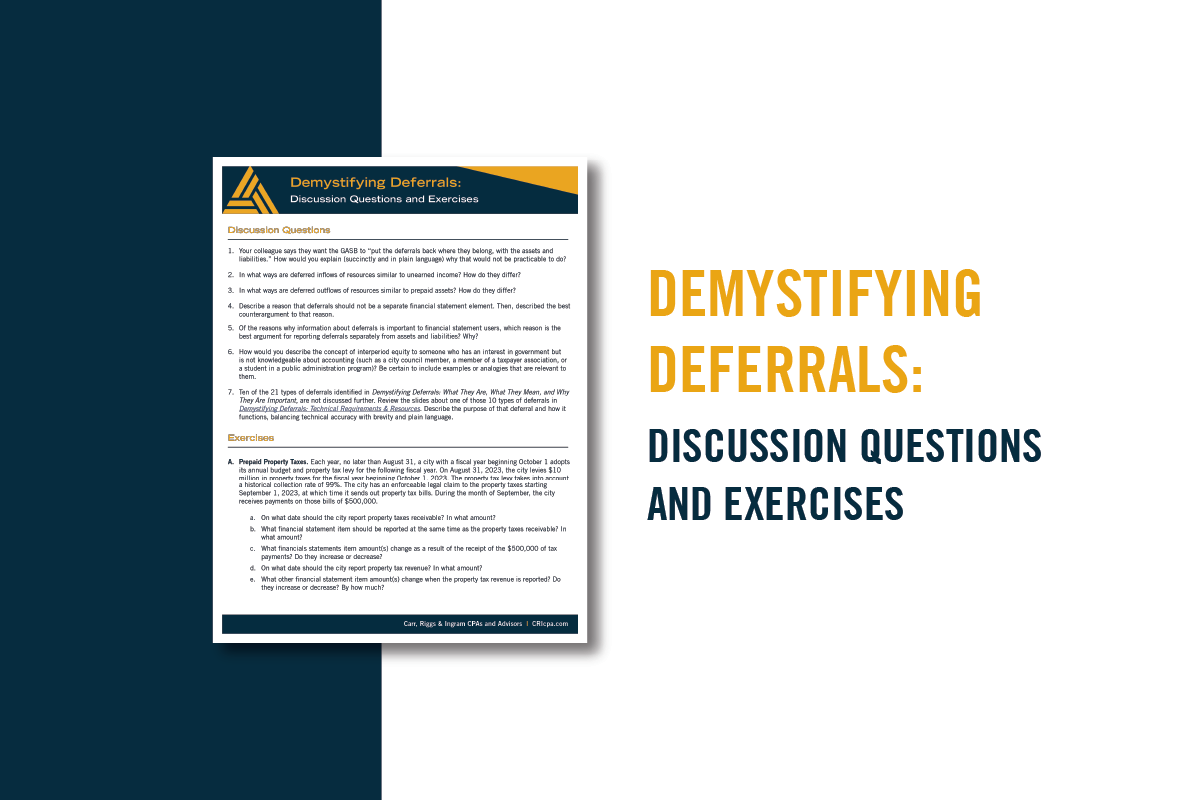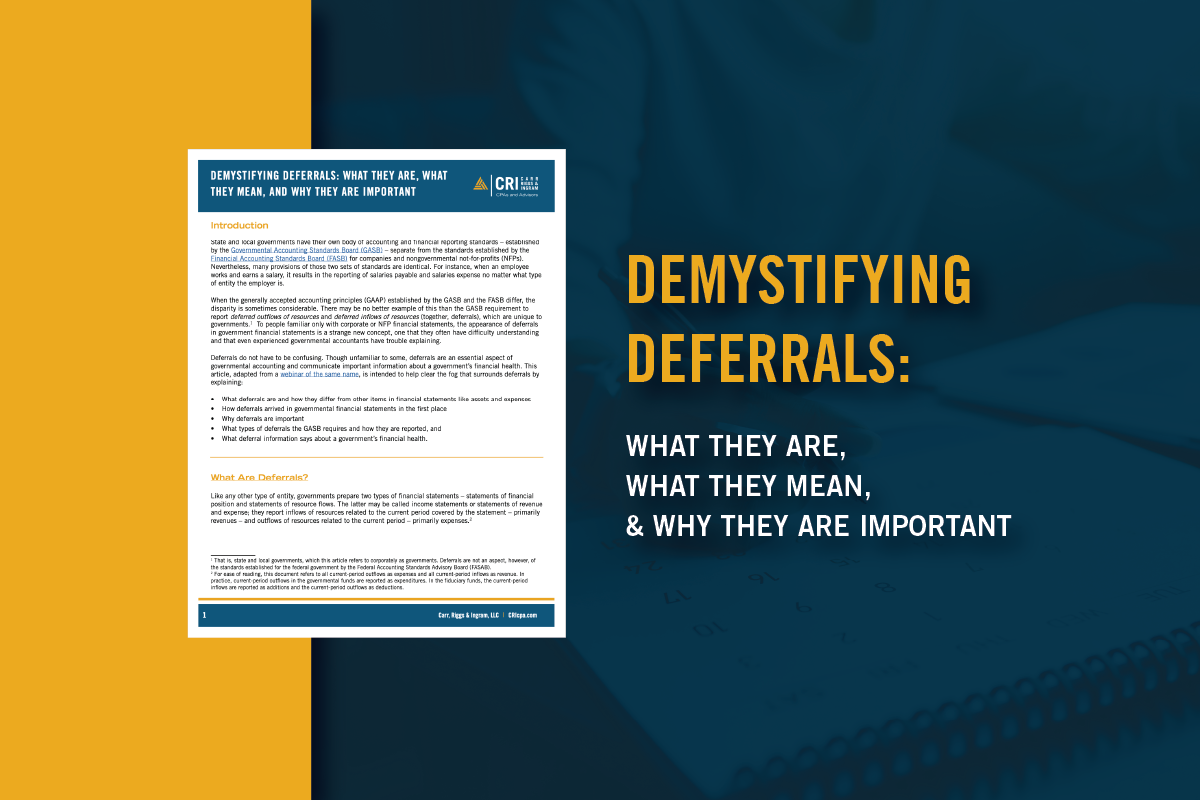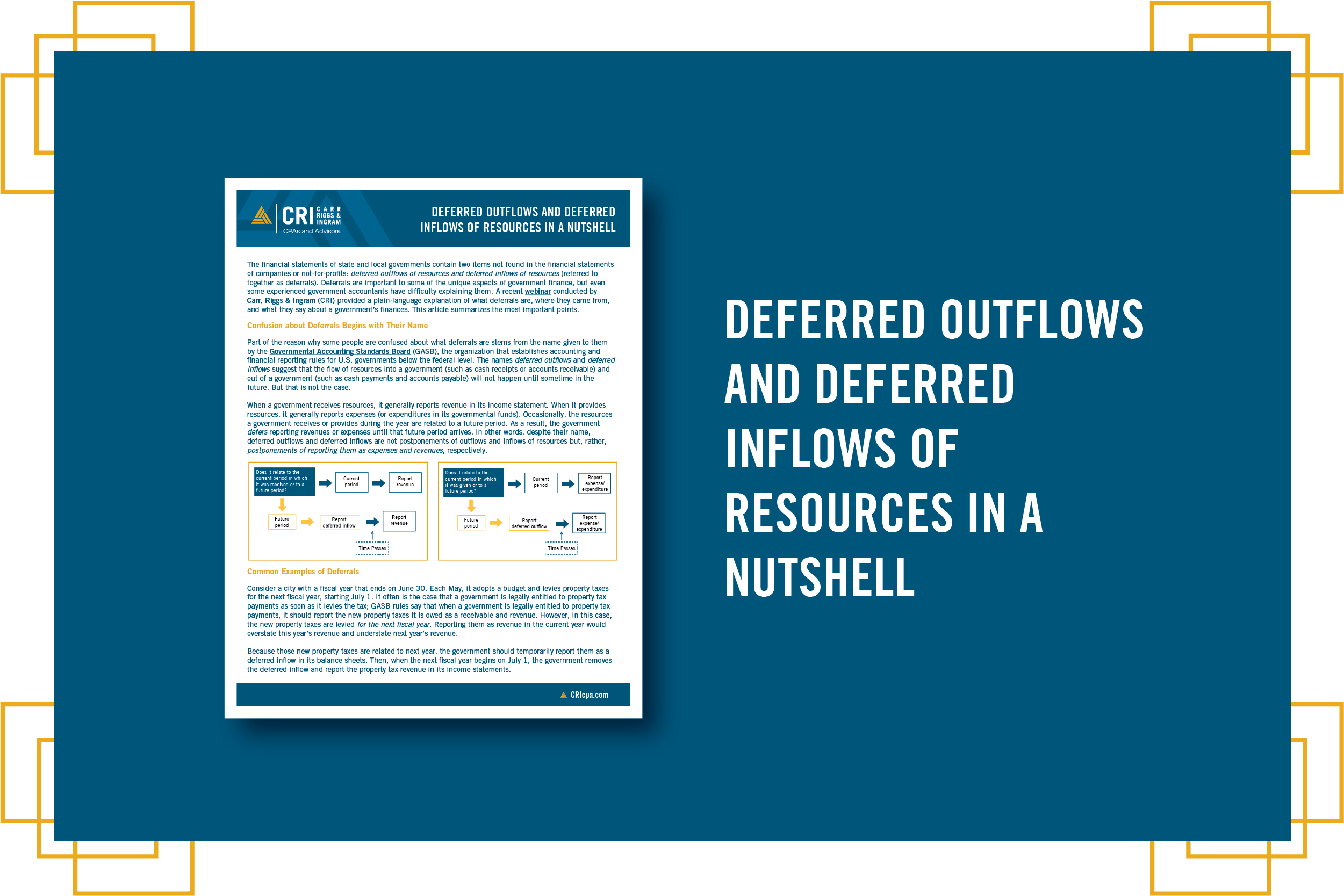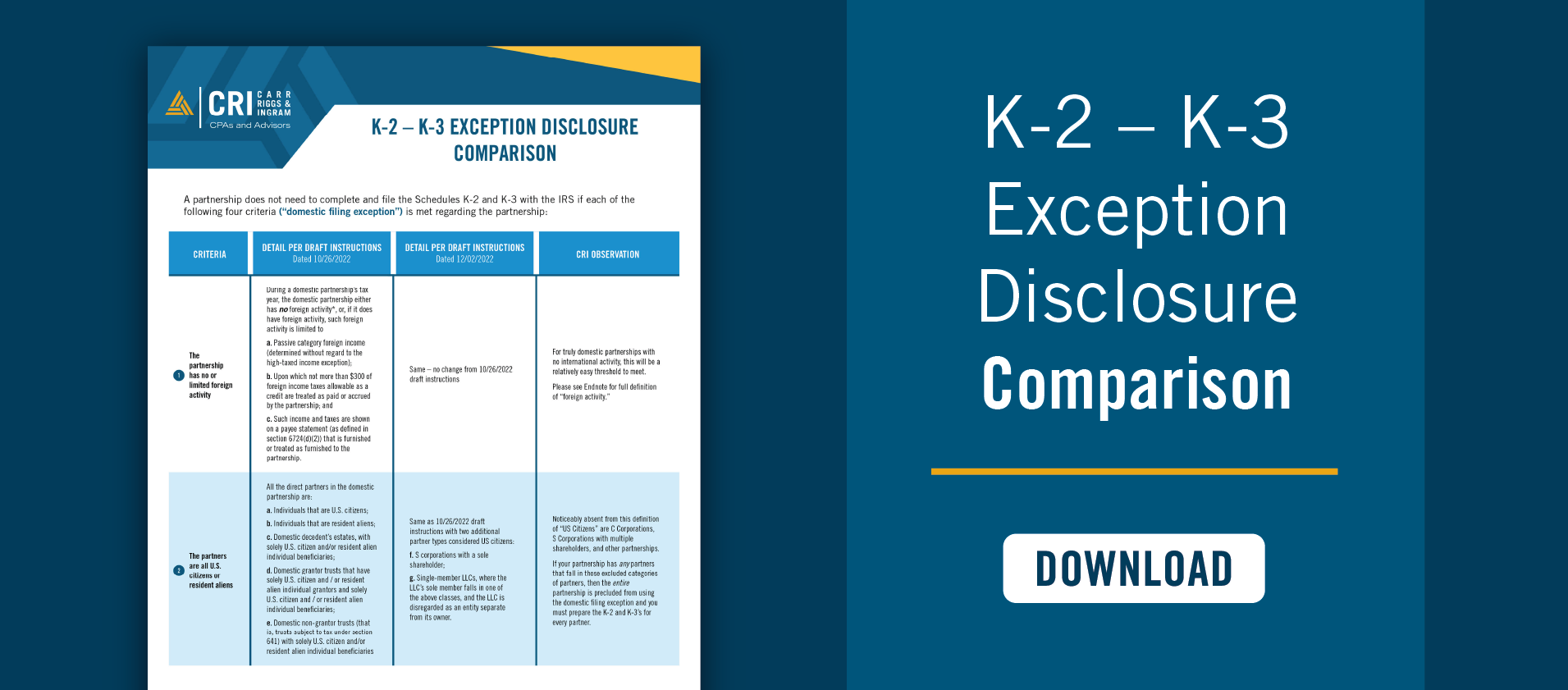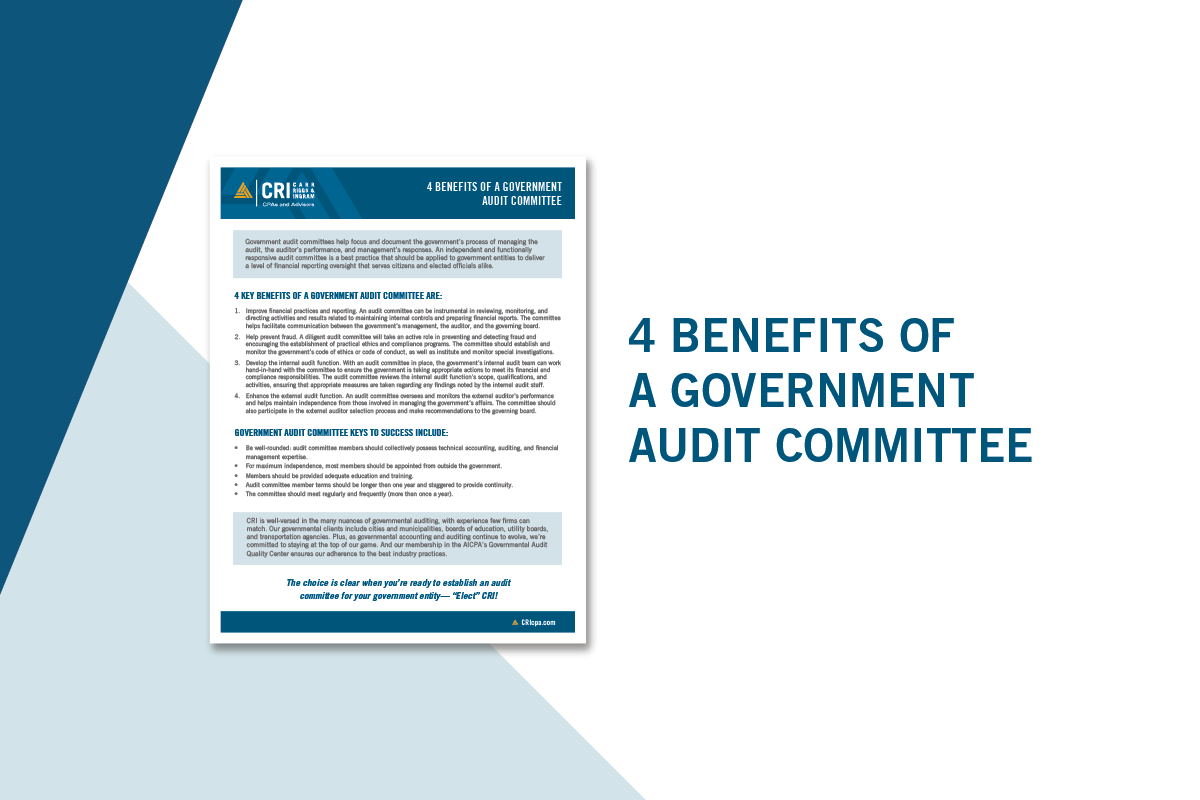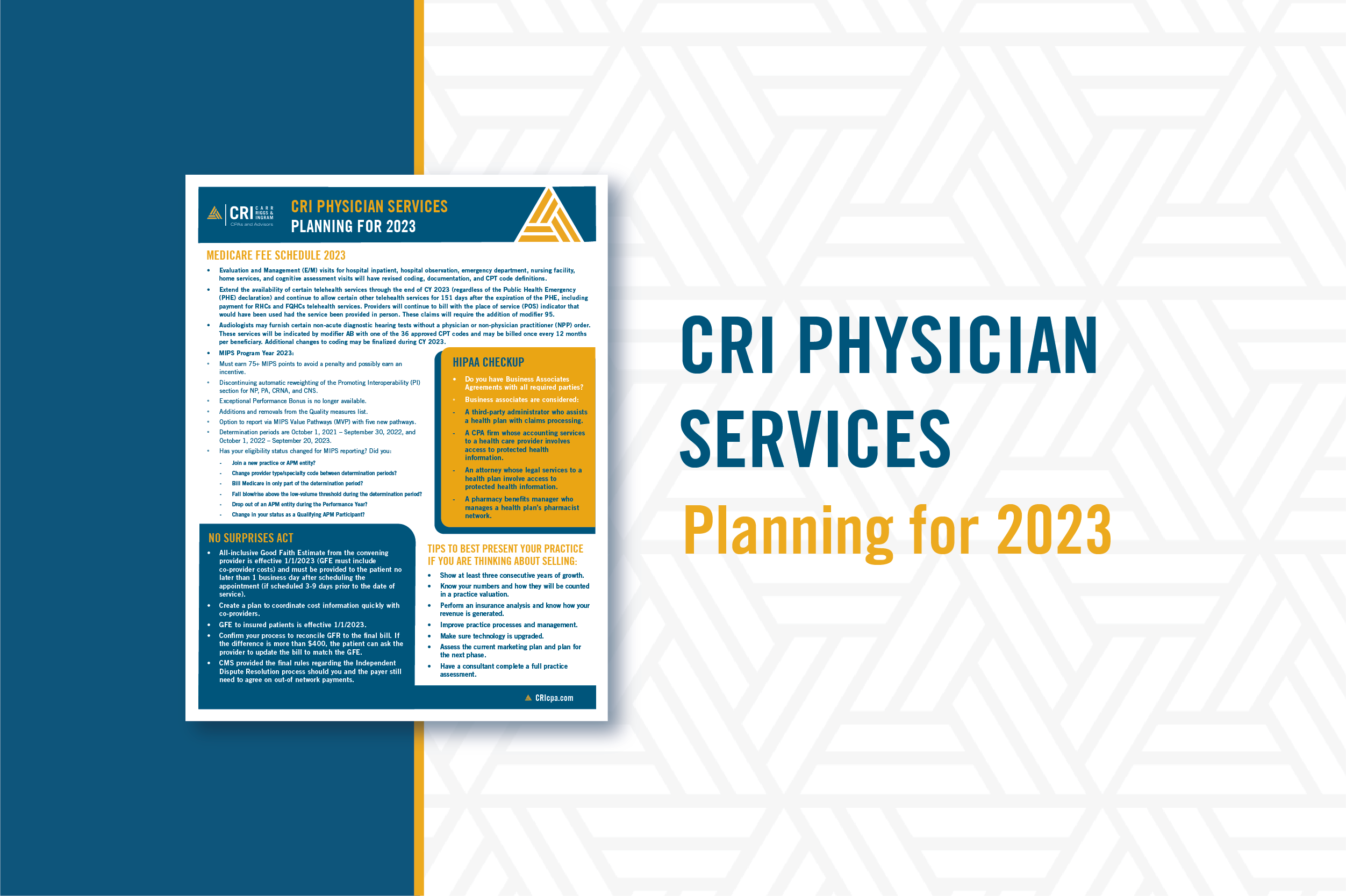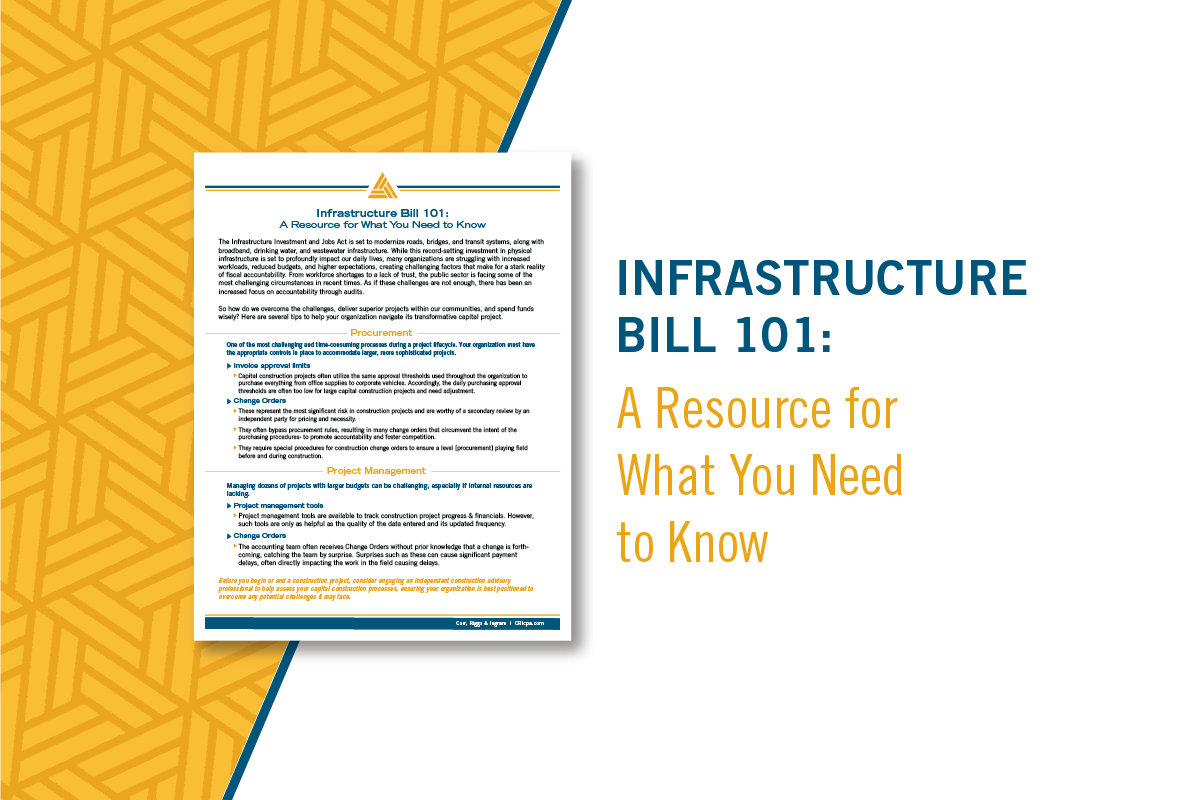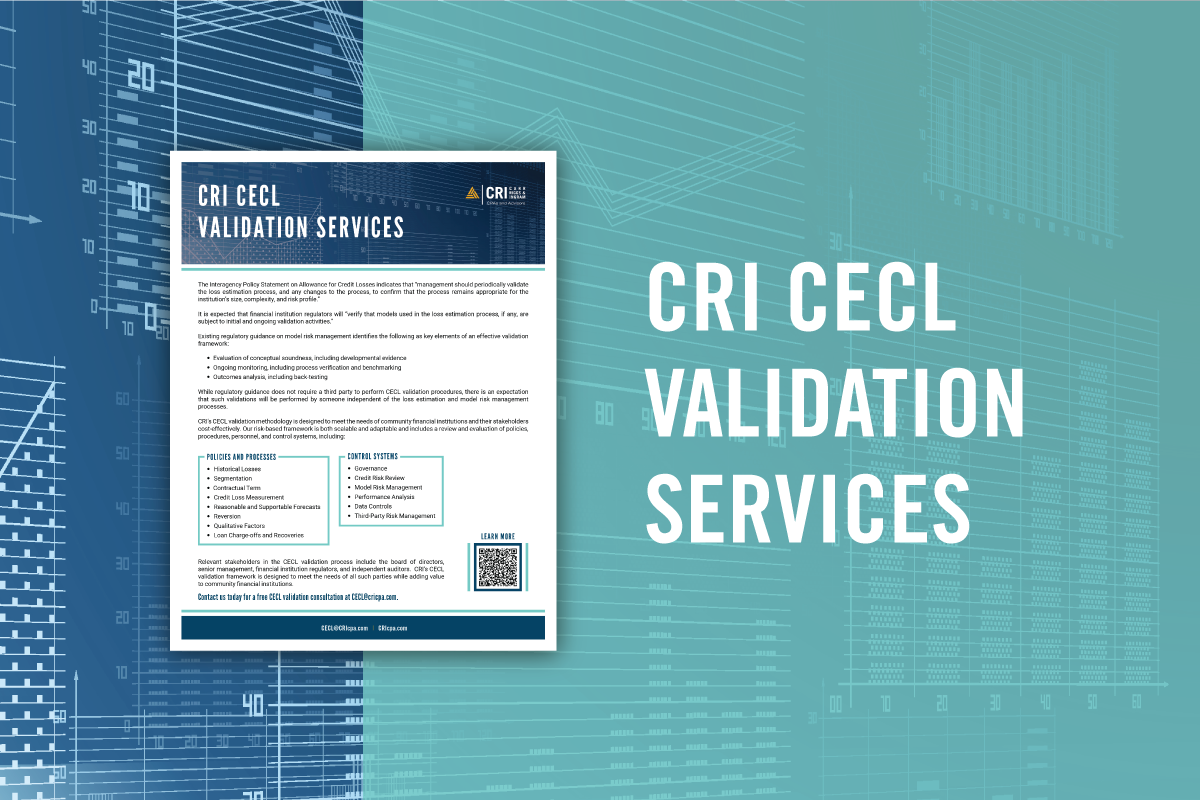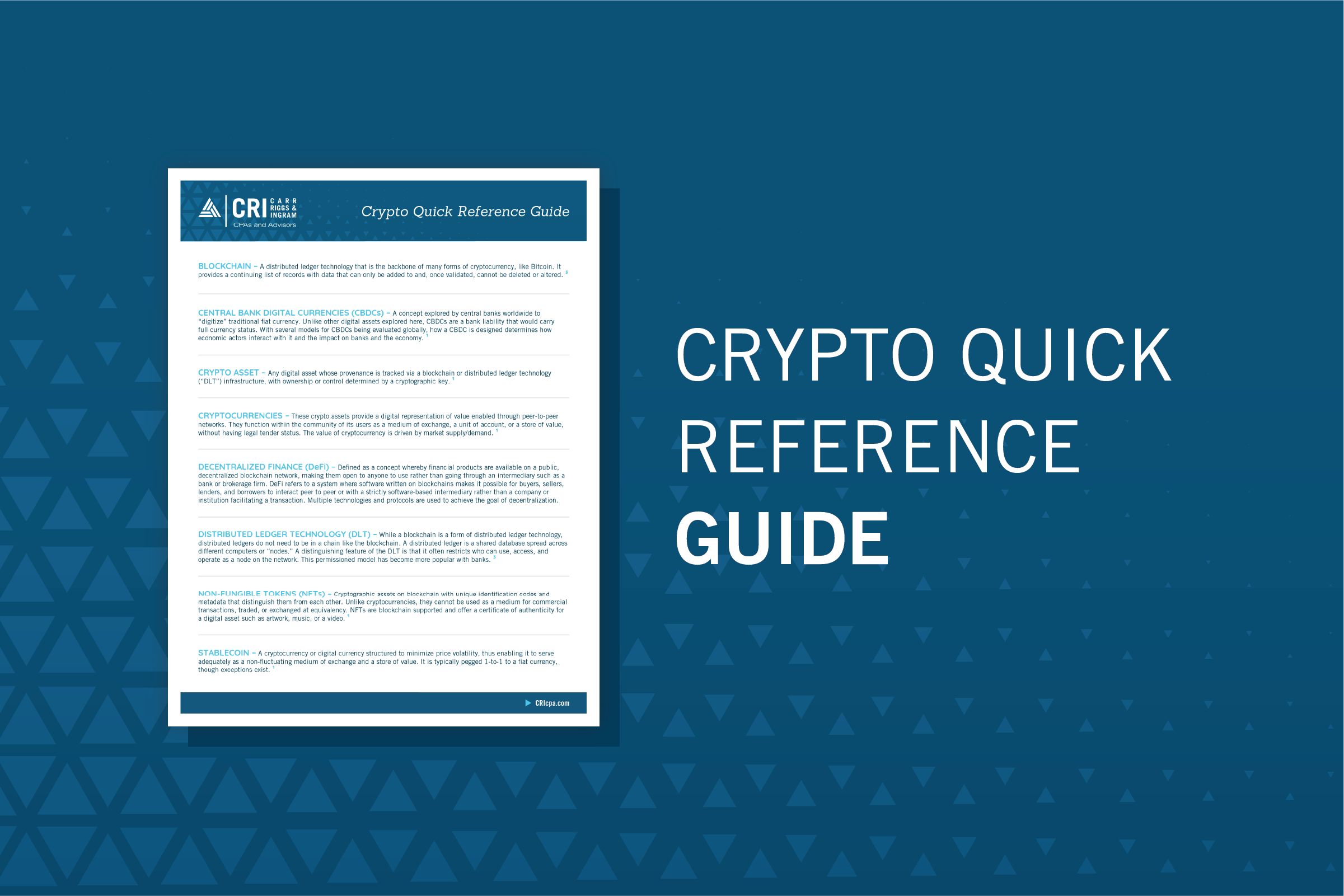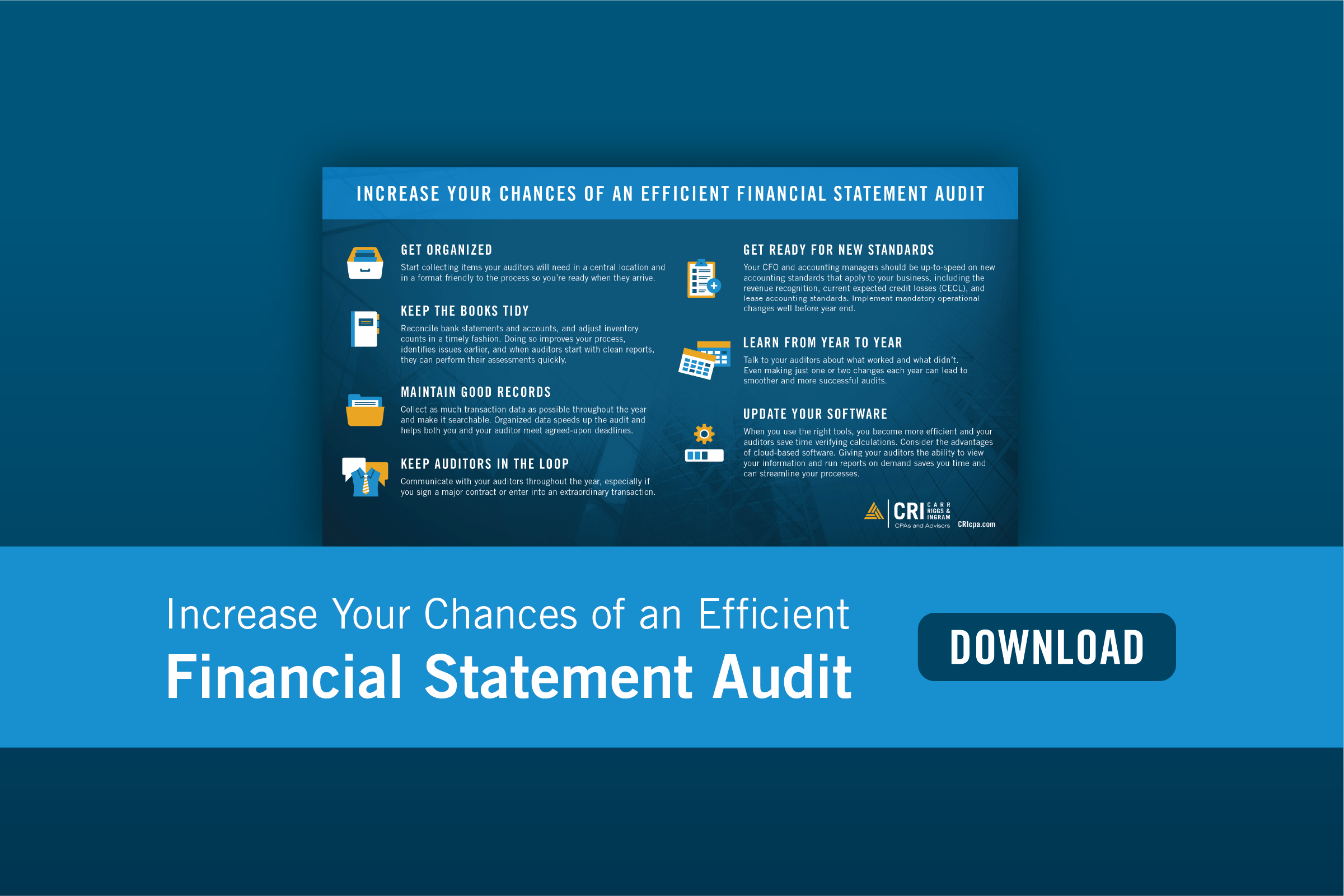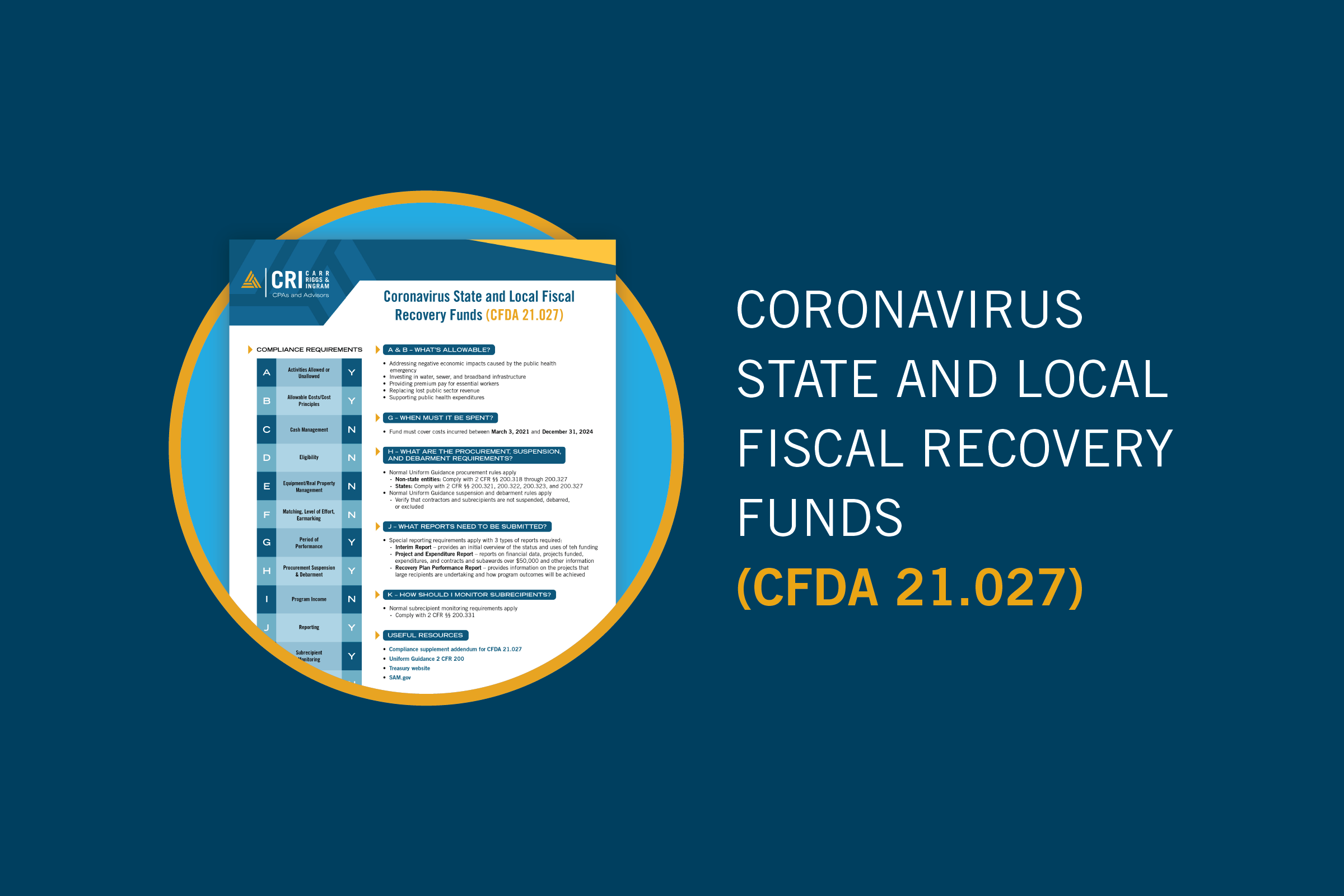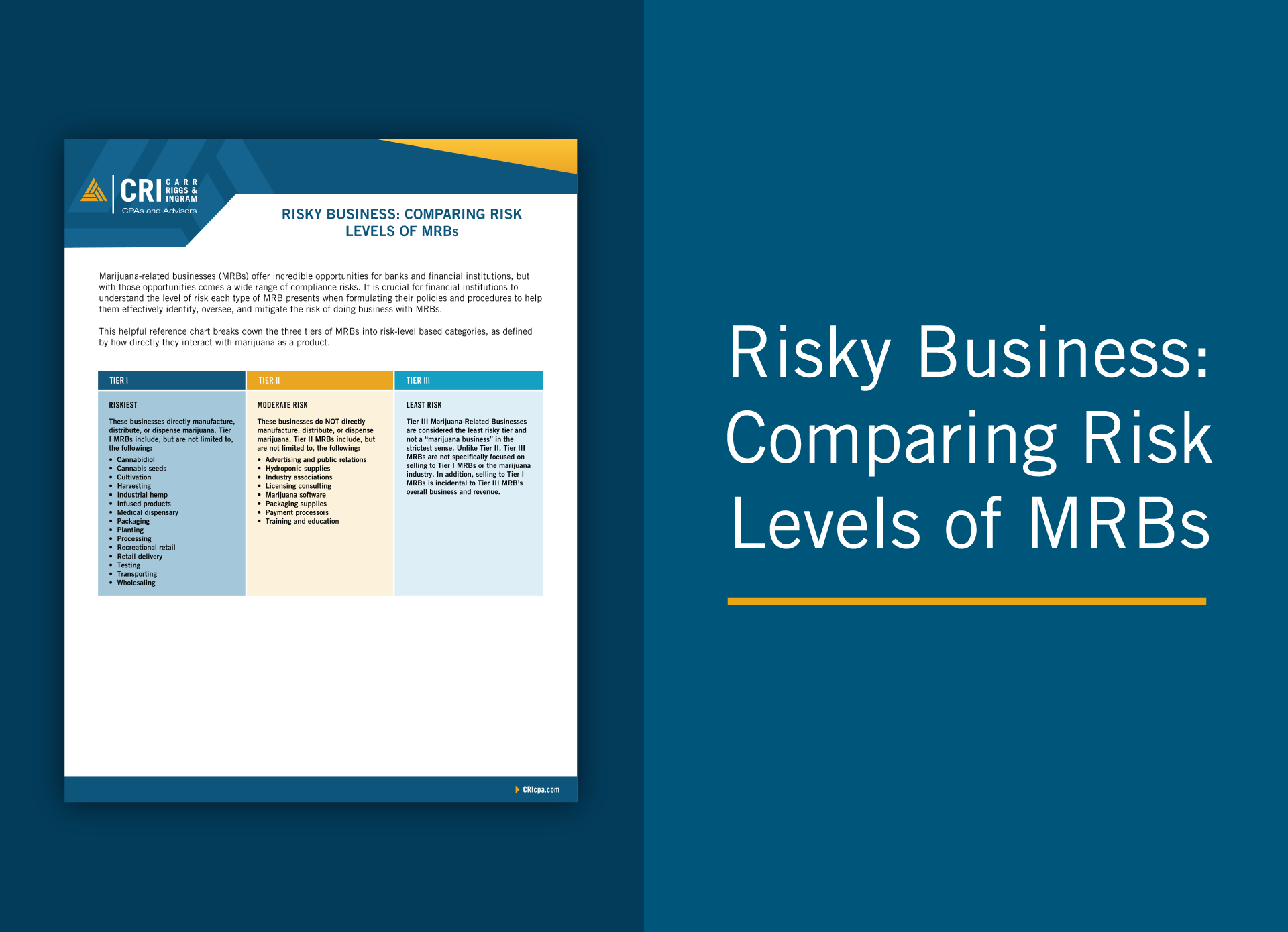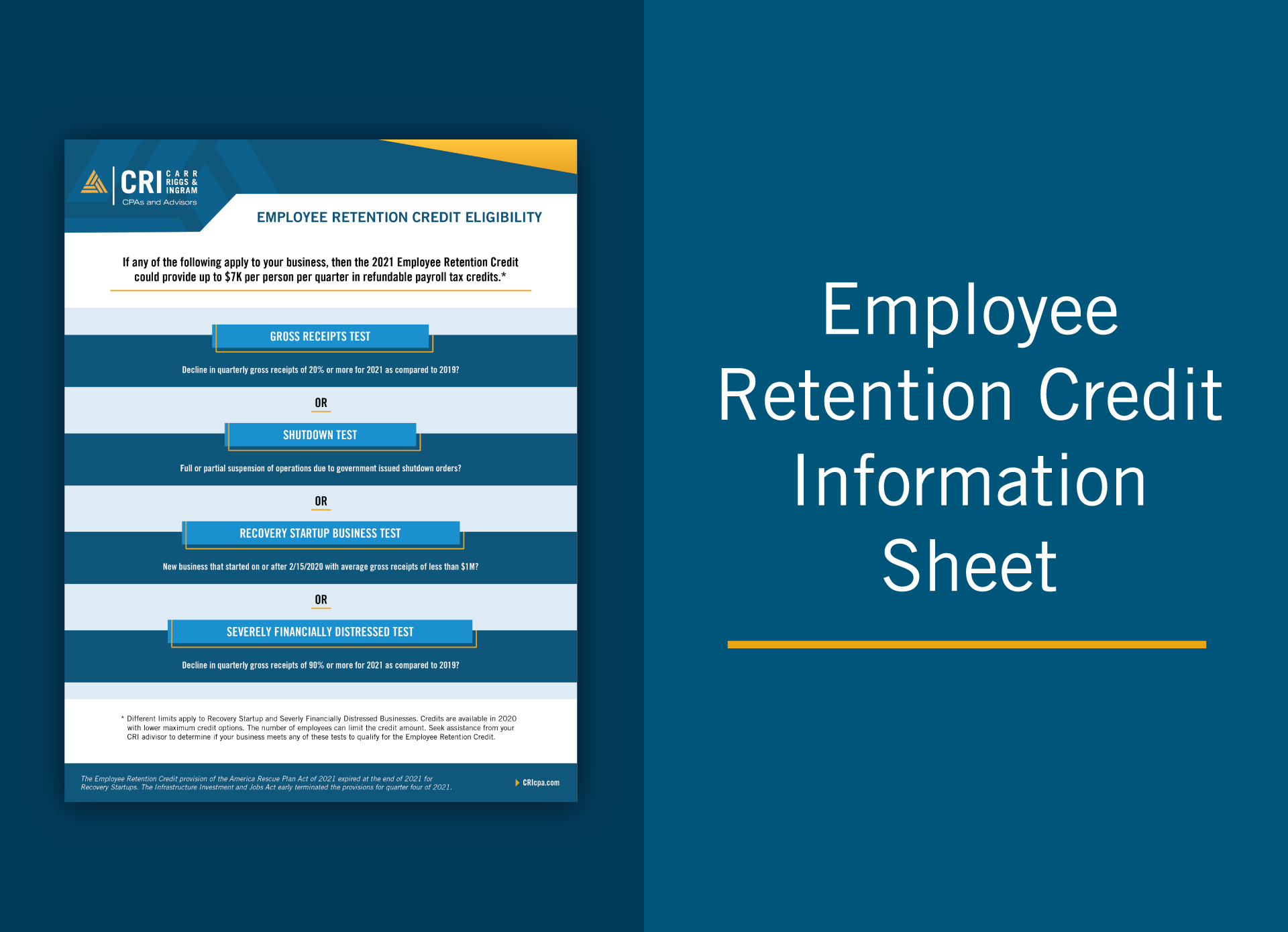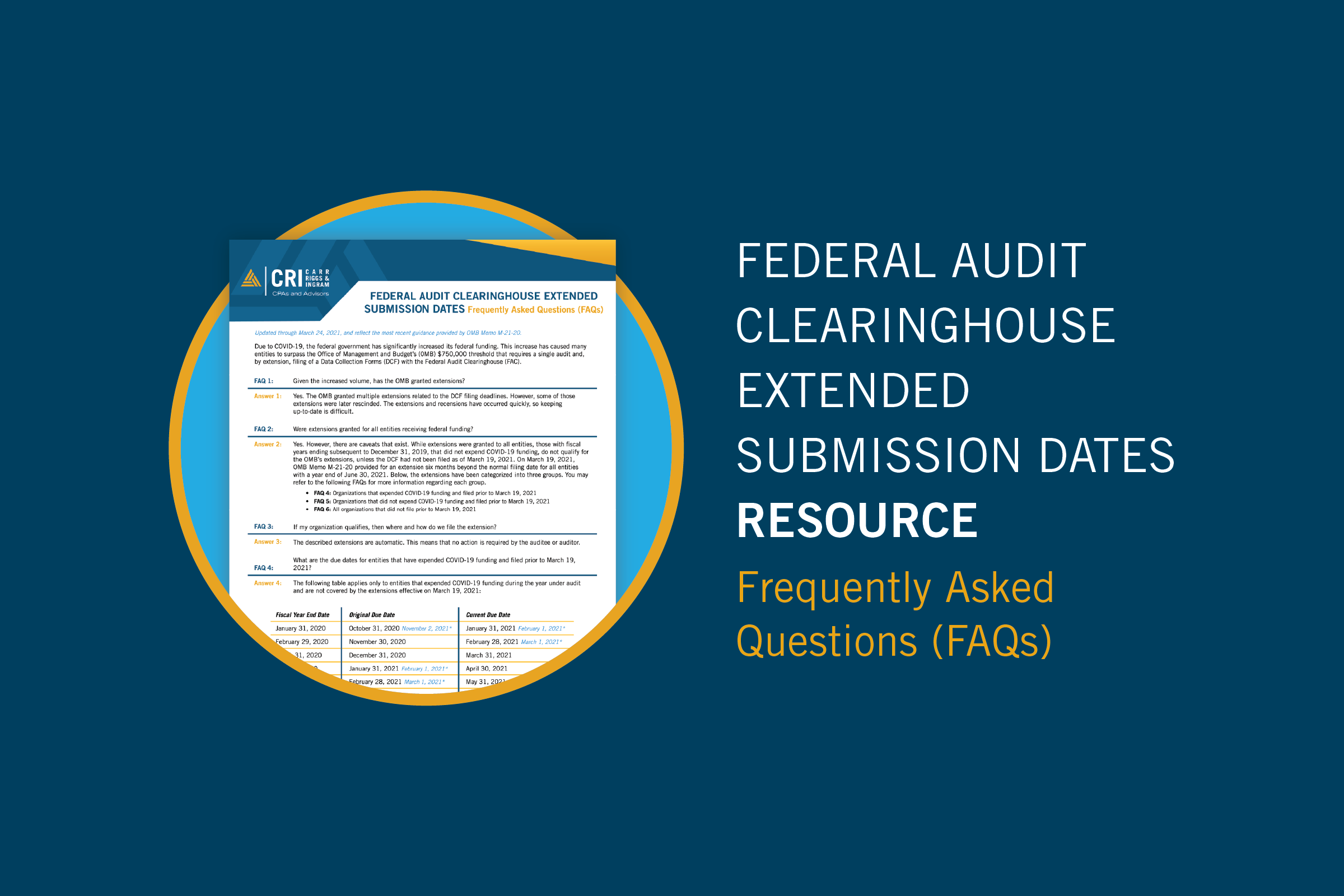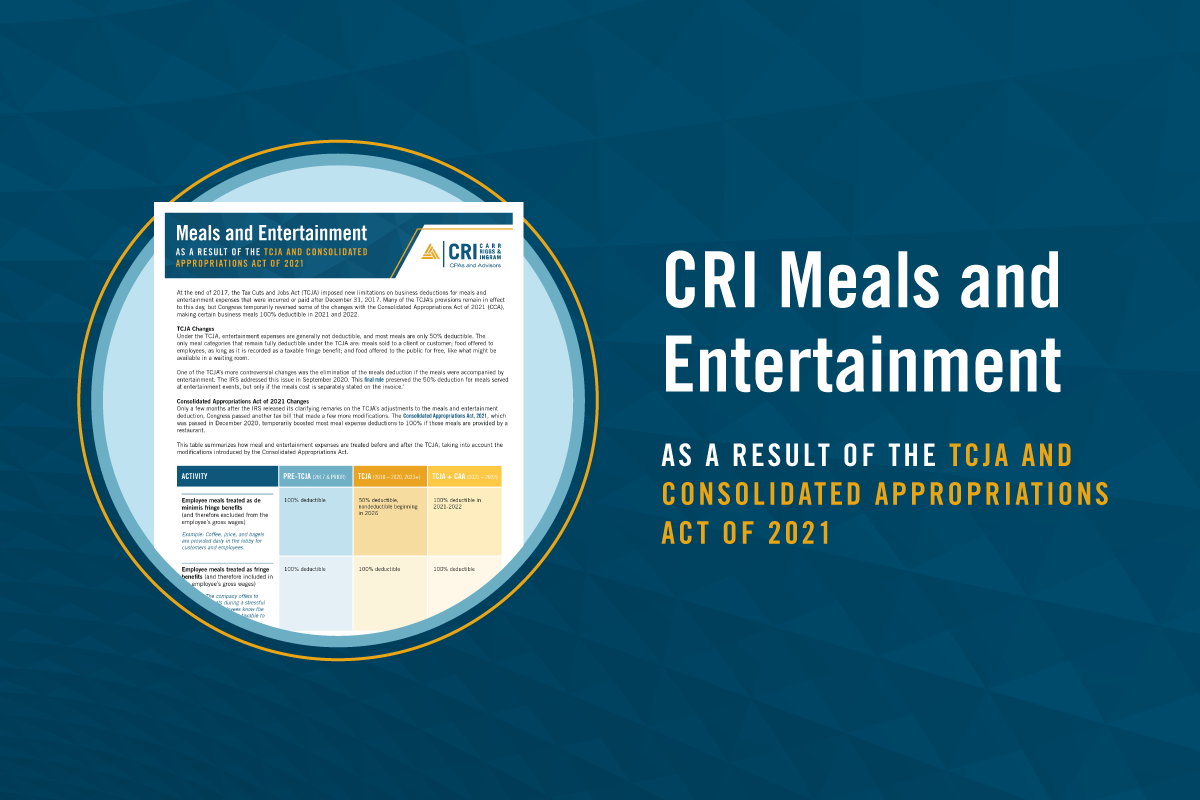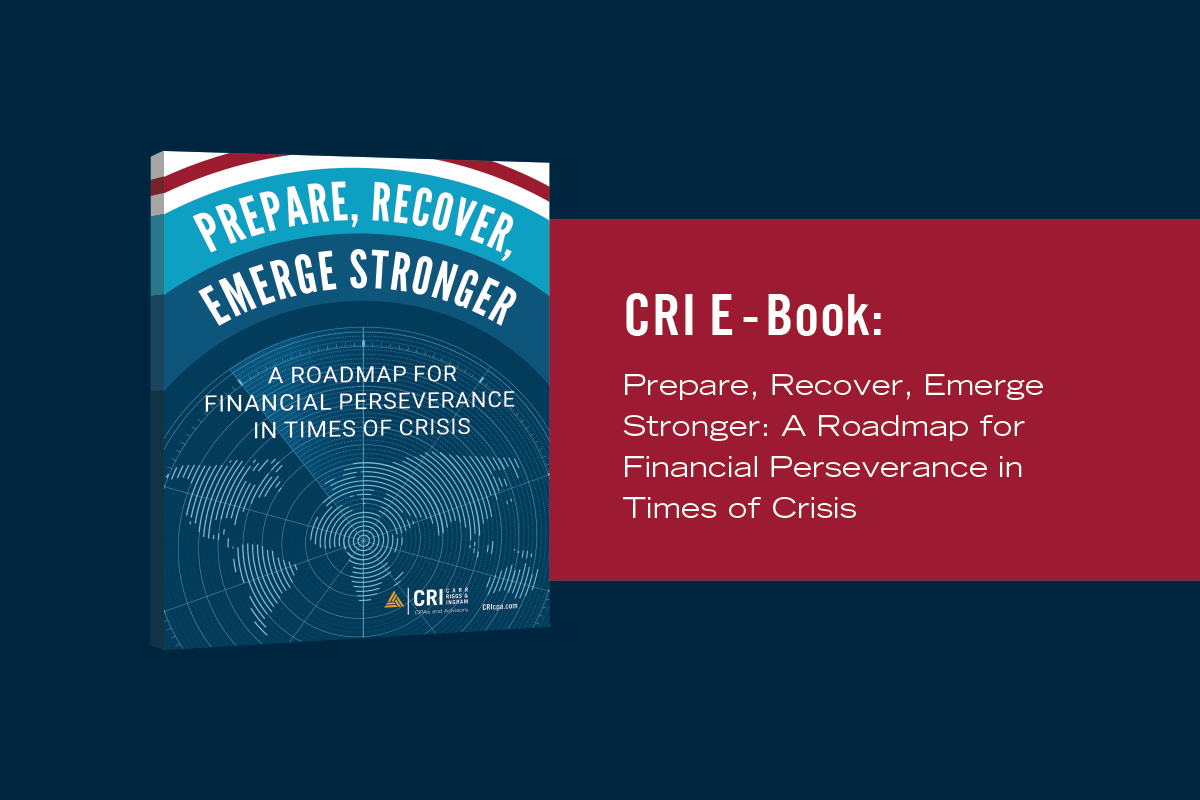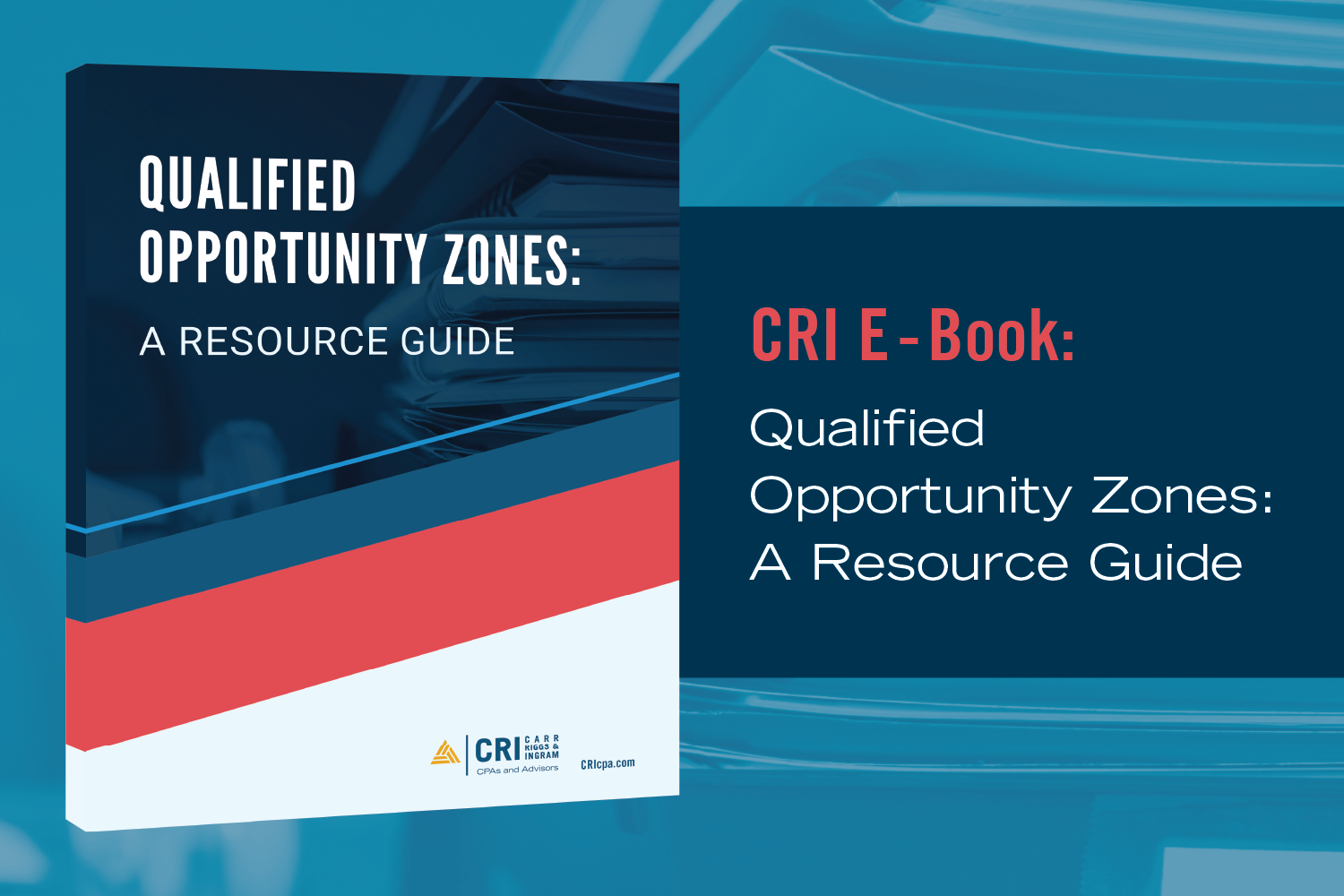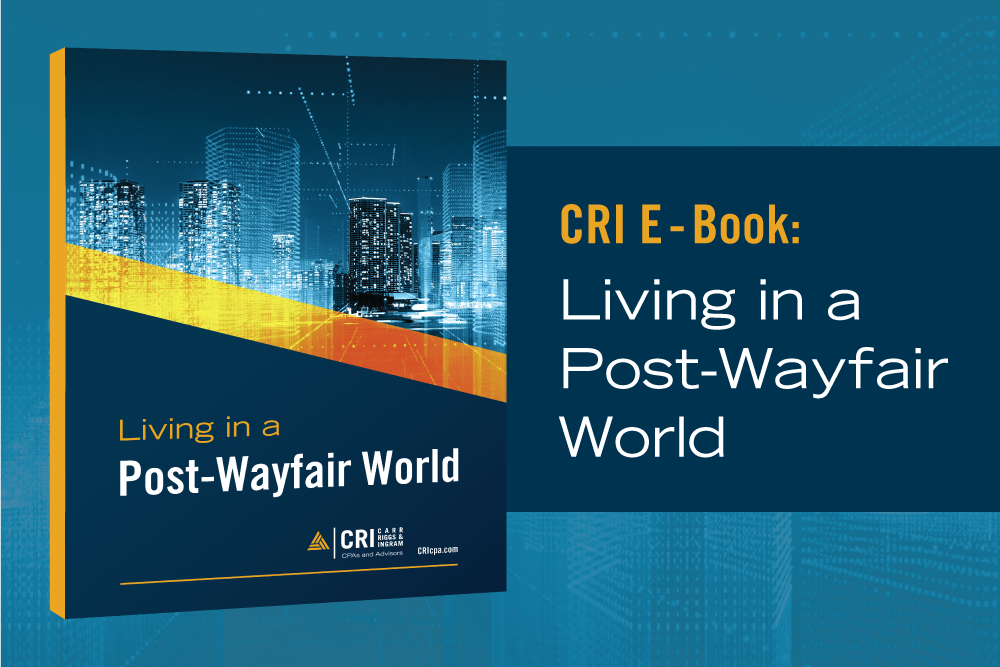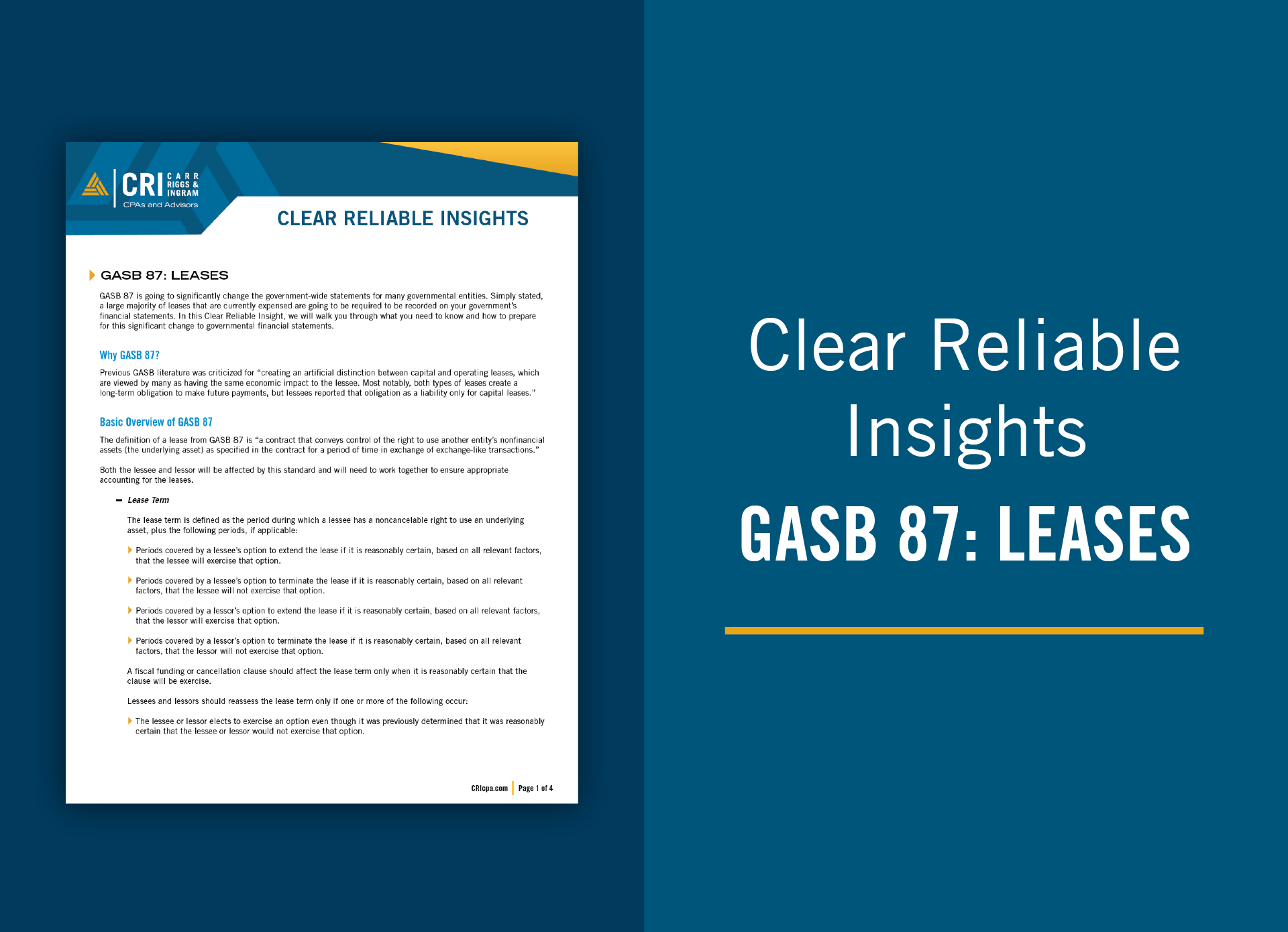Not-For-Profit Revenue Recognition
- Contributor
- Melissa Frazier
Mar 22, 2021
By now, most not-for-profit organizations have implemented Accounting Standards Update (ASU) 2018-08, Not-for-Profit Entities (Topic 958), Clarifying the Scope and the Accounting Guidance for Contributions Received and Contributions Made. While the ASU was intended to simplify the revenue recognition decision process, many have found it complicated and have struggled to implement it correctly. The ASU was important because it aligned Topic 958 with the new revenue recognition standard, ASC 606, Revenue from Contracts with Customers. Although exchanges transactions are subject to ASC 606, contributions are not. Topic 958 required all entities to evaluate whether the resource provider received commensurate value in a transfer of assets transaction and whether contributions were conditional or unconditional.
Exchange Transactions vs Contributions
The determination of an exchange transaction versus a contribution transaction is based on whether or not there is commensurate value reciprocated between the two parties. If the commensurate value is reciprocated, then the transaction is considered an exchange transaction (which is subject to ASC 606). Examples of commensurate values being reciprocated include school attendance, purchase of tickets to an event, and rights to research. The expectations of the Financial Accounting Standards Board (FASB) were for Topic 958 to result in more grants and contracts being accounted for as contributions, not subject to ASC 606. It is important to note that the FASB did specify that government payments on behalf of an identified customer represent an exchange transaction. For example, payments for Medicare, Medicaid, Pell Grants, or similar state or local government assistance tuition programs.
Identifying Commensurate Value
Determining commensurate value often requires judgment by the preparer and not a bright-line test. Topic 958 does, however, provide guidance on evaluating commensurate value.
- The use of resources for public benefit is not considered commensurate value.
- The execution of the resource provider’s mission or positive donor sentiment is not considered commensurate value.
- The expressed intent asserted by both the recipient and resource provider to exchange goods or services is considered commensurate value.
- If the resource provider has complete discretion in determining the amount of the transferred assets, the transaction is indicative of a contribution.
- Failure to comply with an agreement’s terms results in penalties limited to the delivery of goods or services already provided, and the return of unspent amounts is generally indicative of a contribution. However, penalties beyond the assets transferred to the resource provider to penalize the recipient for nonperformance generally indicate an exchange transaction.
While the guidance above oftentimes makes it easy to determine how to treat a transaction, complexities can arise when there is a need to bifurcate a transaction to break out the reciprocated commensurate value. Examples of this may include membership dues, grants, sponsorships, or tickets to a fundraising event. If a transaction is determined to be an exchange, it is imperative that revenue recognition guidance ASC 606 is followed.
Conditional vs Unconditional
If a transaction is determined to be a contribution, the next step under ASC 958 is to determine if it is conditional. The recognition of contribution revenue depends on if the contribution is conditional or unconditional. Unconditional contributions are recorded in the period assets are received or unconditionally committed. In contrast, conditional contributions are not recognized until the conditions have been substantially met or explicitly waived by the donor. Conditional contributions received in advance are accounted for as a refundable advance. A donor-imposed condition must have both a barrier to overcome and a right of return of assets transferred or right of release of a promisor’s obligation to transfer assets. Distinguishing the difference between barriers, donor restrictions, and administrative and trivial stipulations oftentimes requires judgment. Barriers need measurables such as a specified level of service, units of output, or a specific operating outcome. Examples of barriers might include providing a number of meals, milestones to be met, or qualifying expenses to be incurred. The guidance for unconditional contributions to be recorded as with donor restrictions and without donor restrictions remains unchanged. The determination of how to record nonprofit revenue is not always straightforward, and not-for-profit organizations need to go through a multistep decision process to determine the proper treatment for each revenue stream. If you are unsure how to move forward, be sure to contact your local CRI professional to discuss your specific situation.

